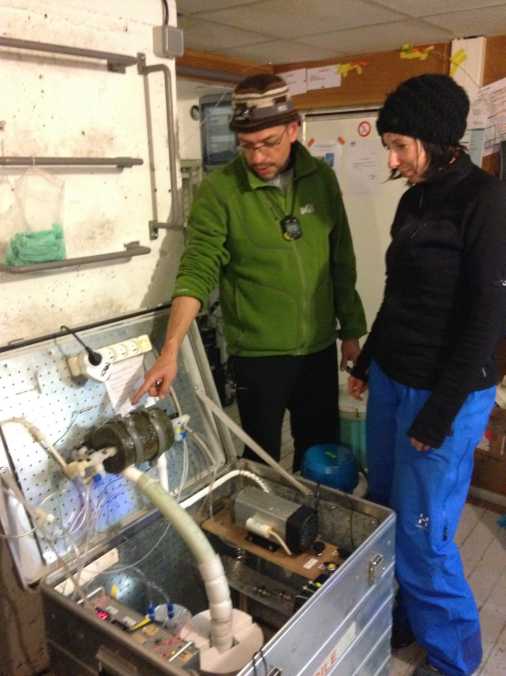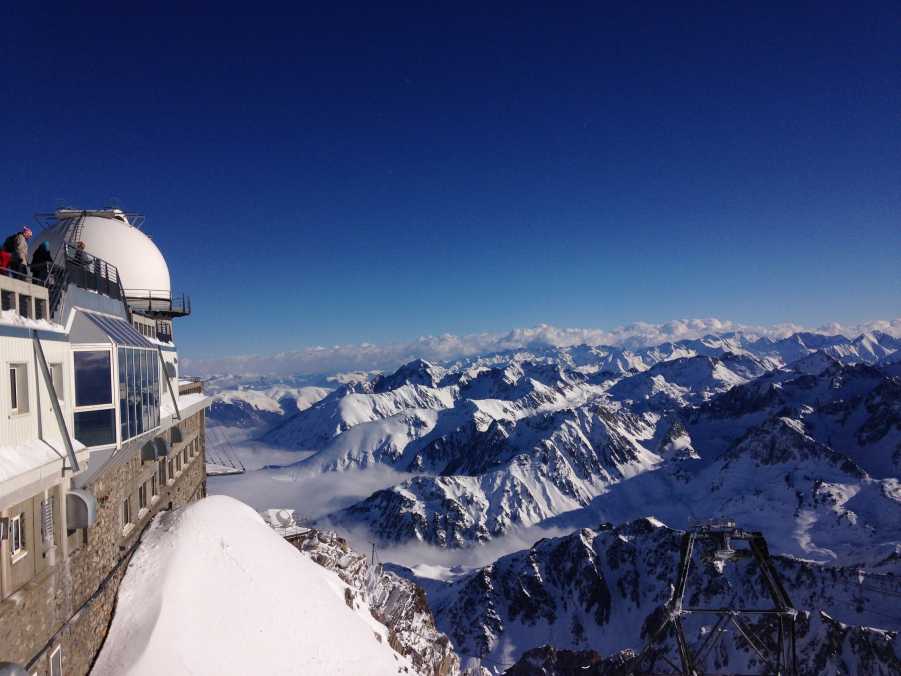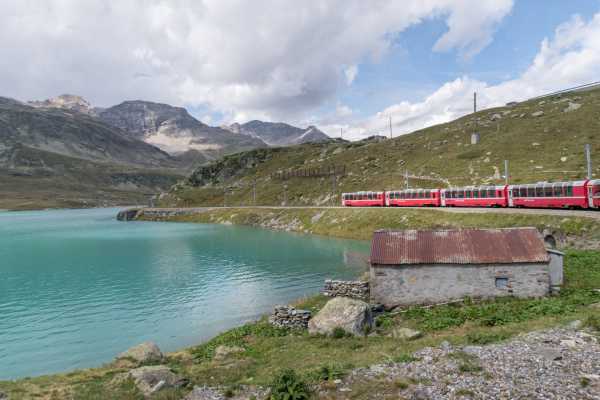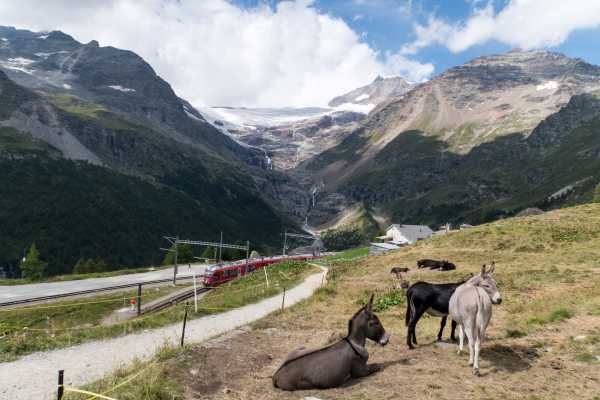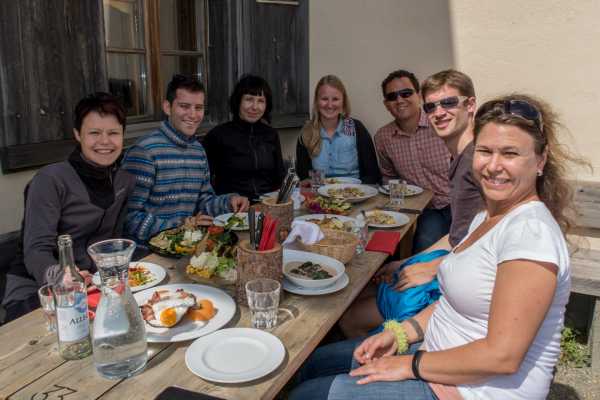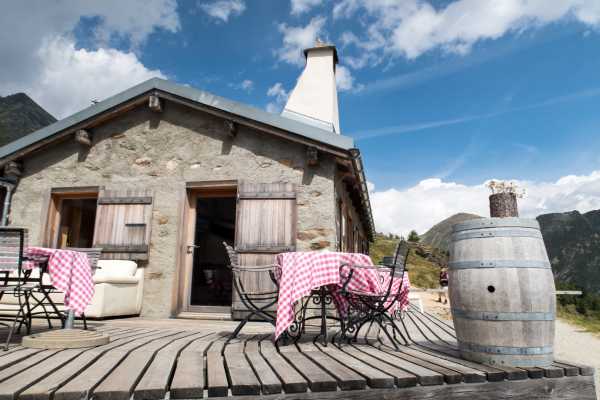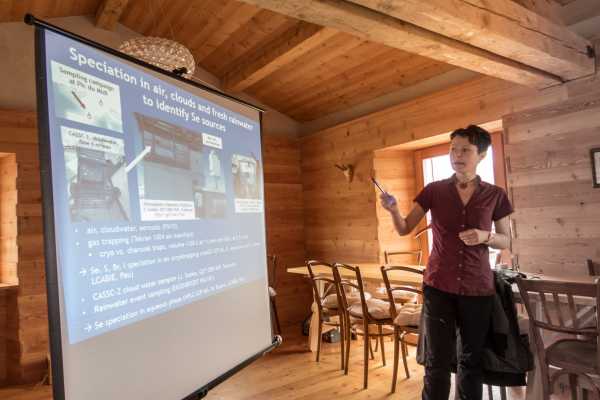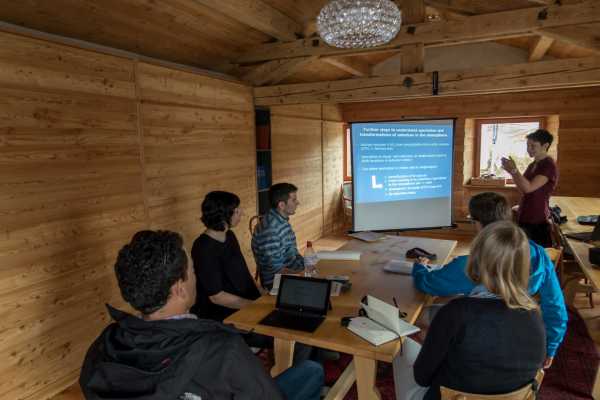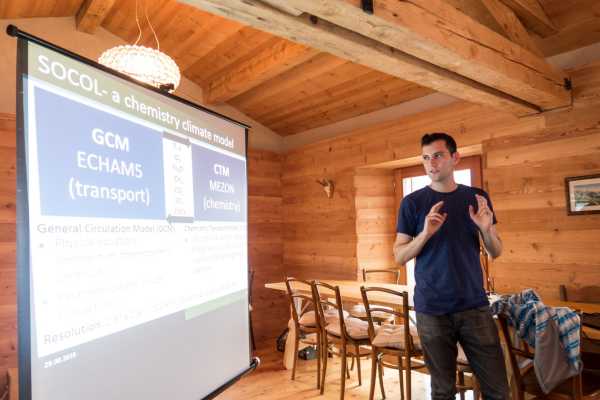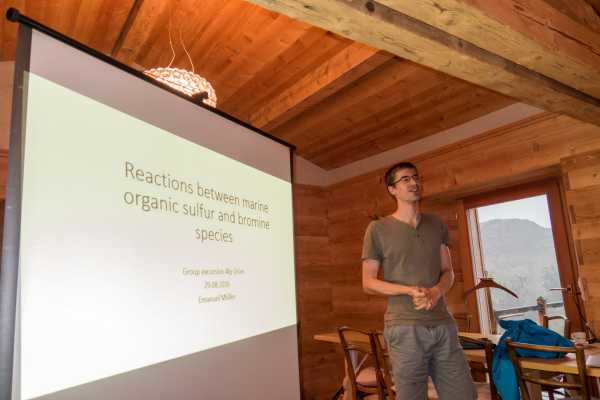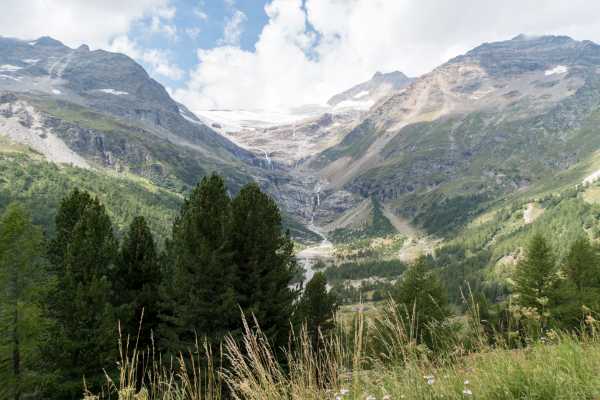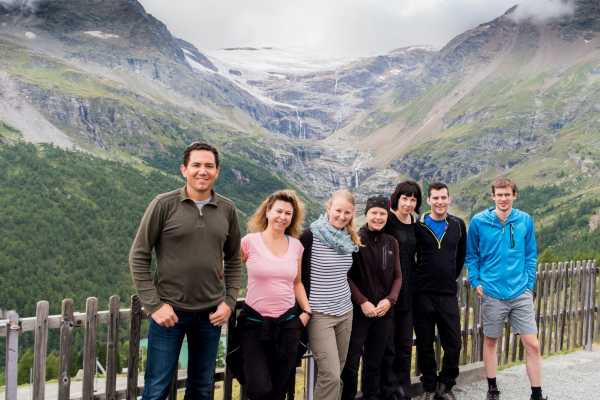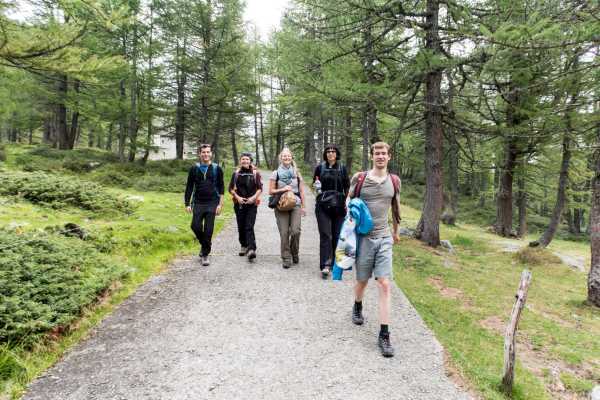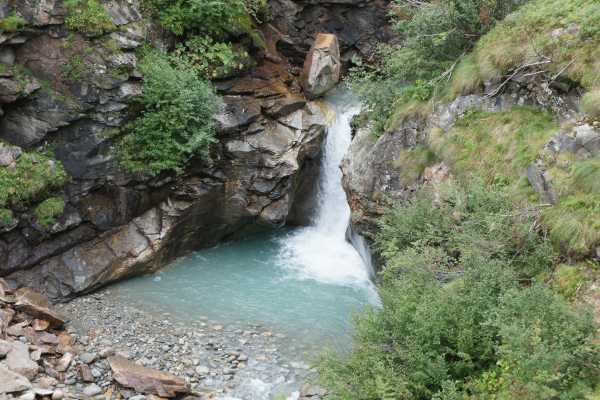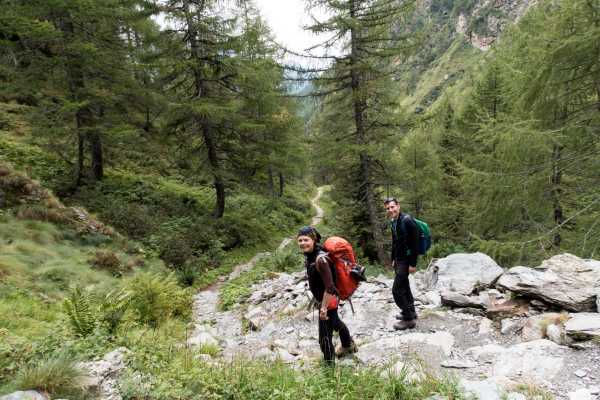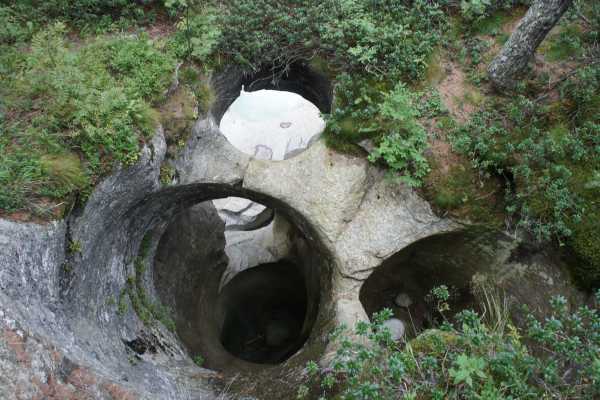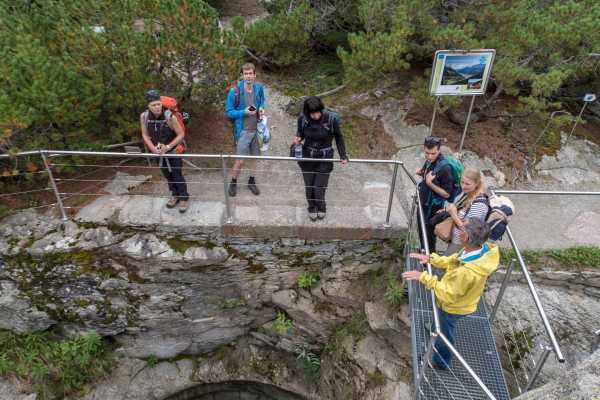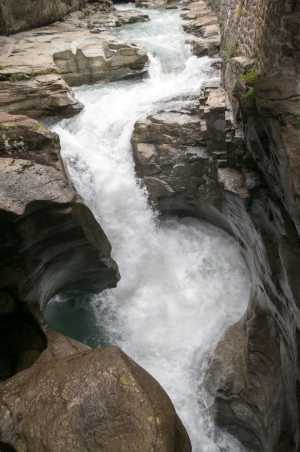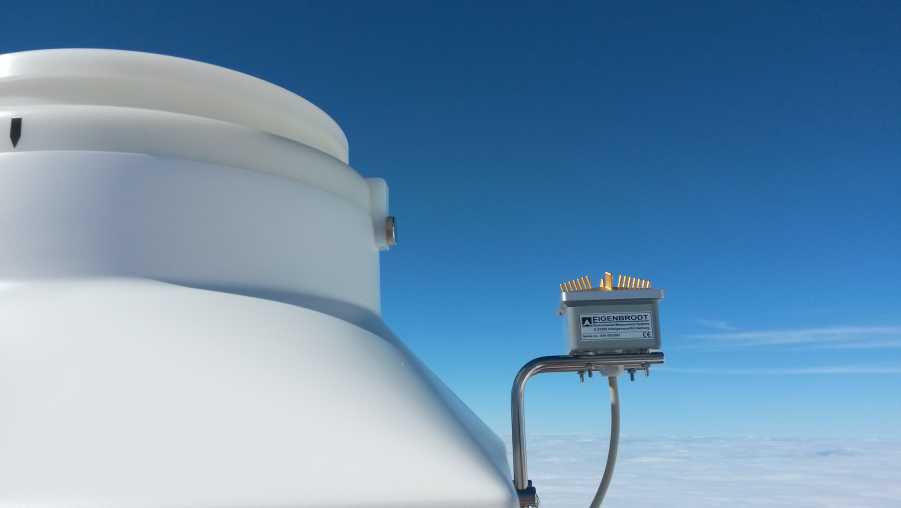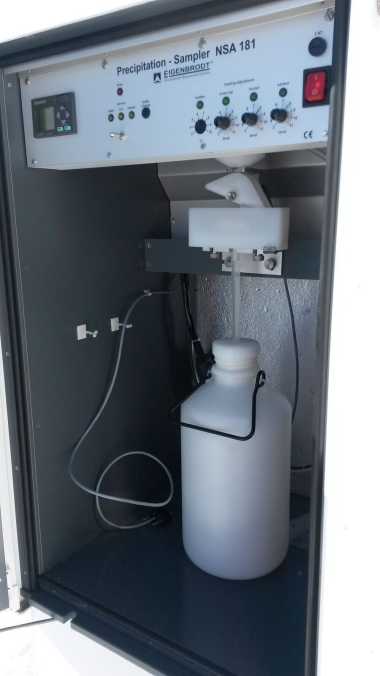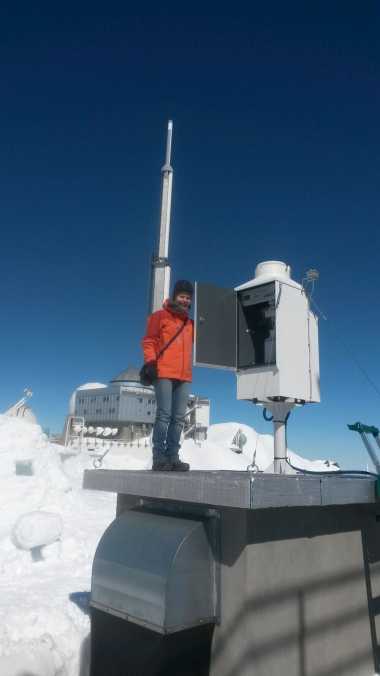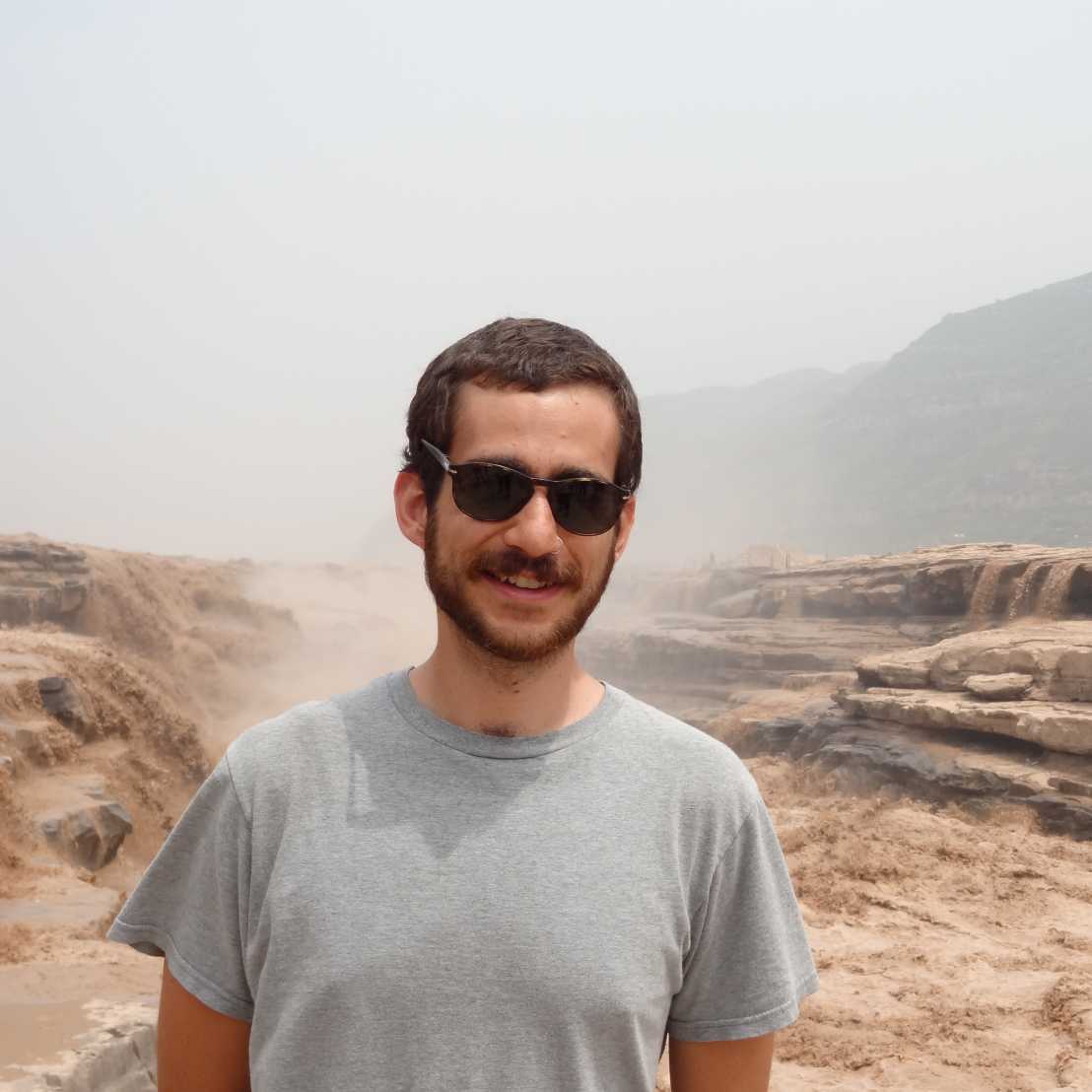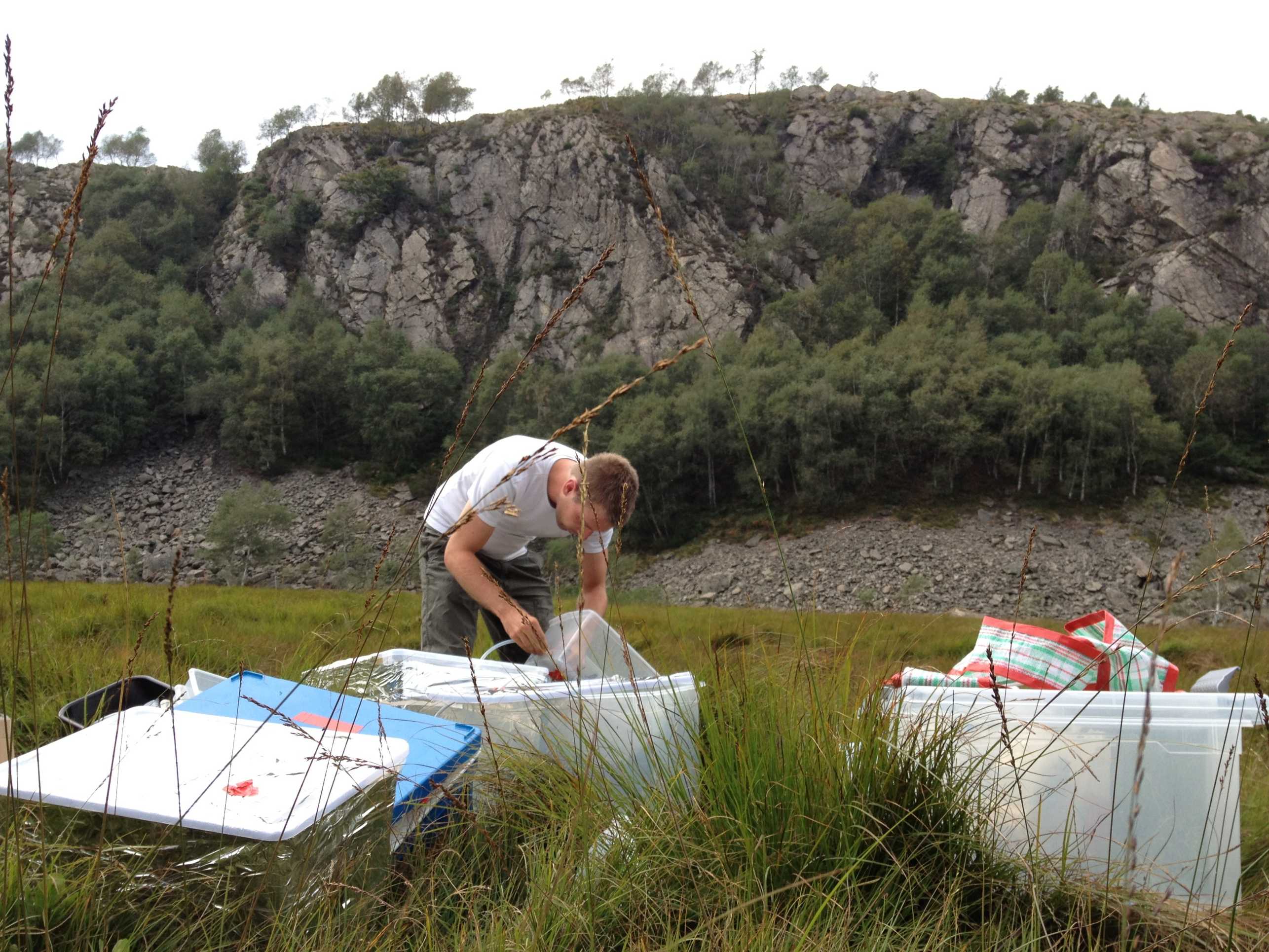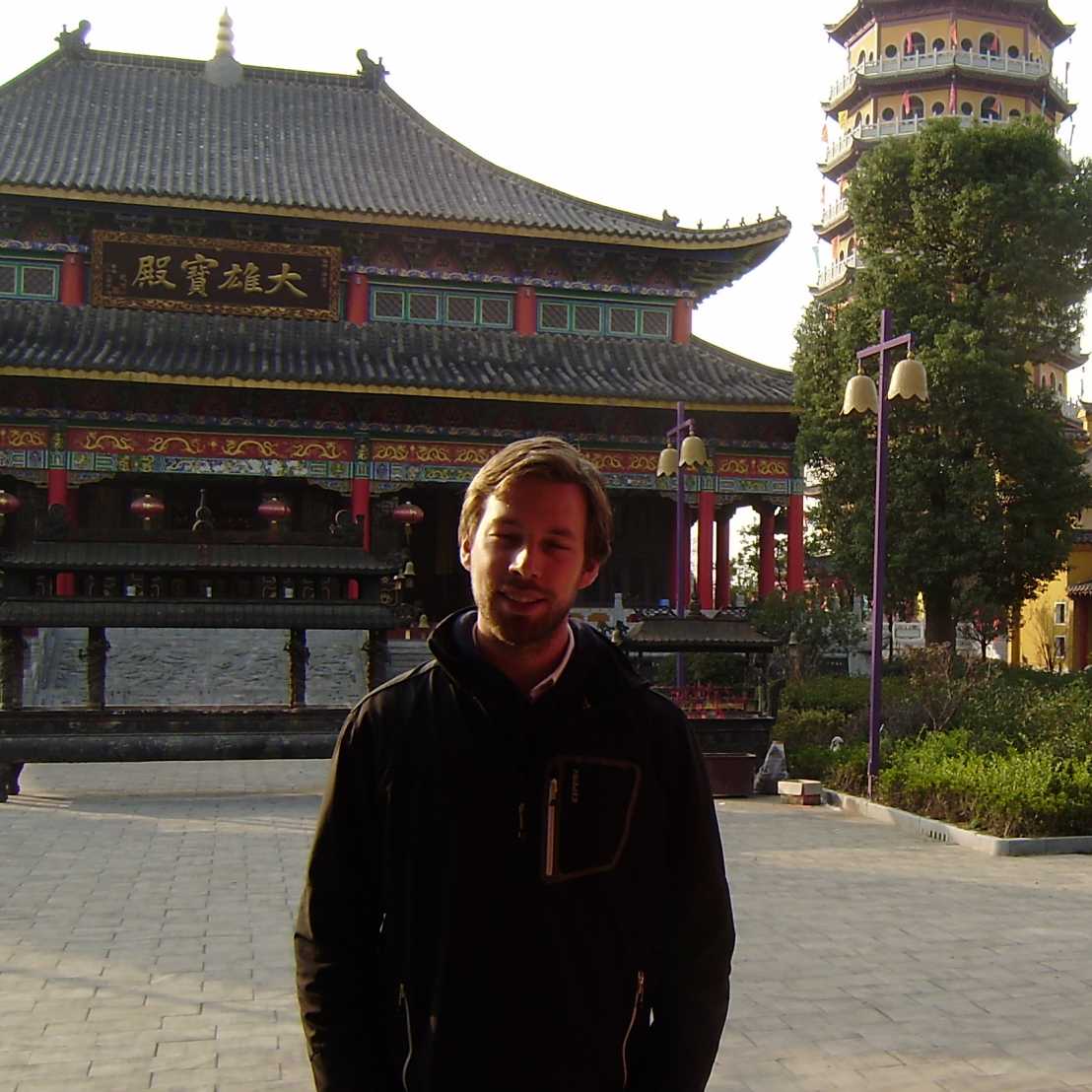Group News
Best talk award for Pauline

April 25, 2025
Pauline was awarded the best talk at the 2025 IBP PhD congress, congratulations!
Preparation for our practical course
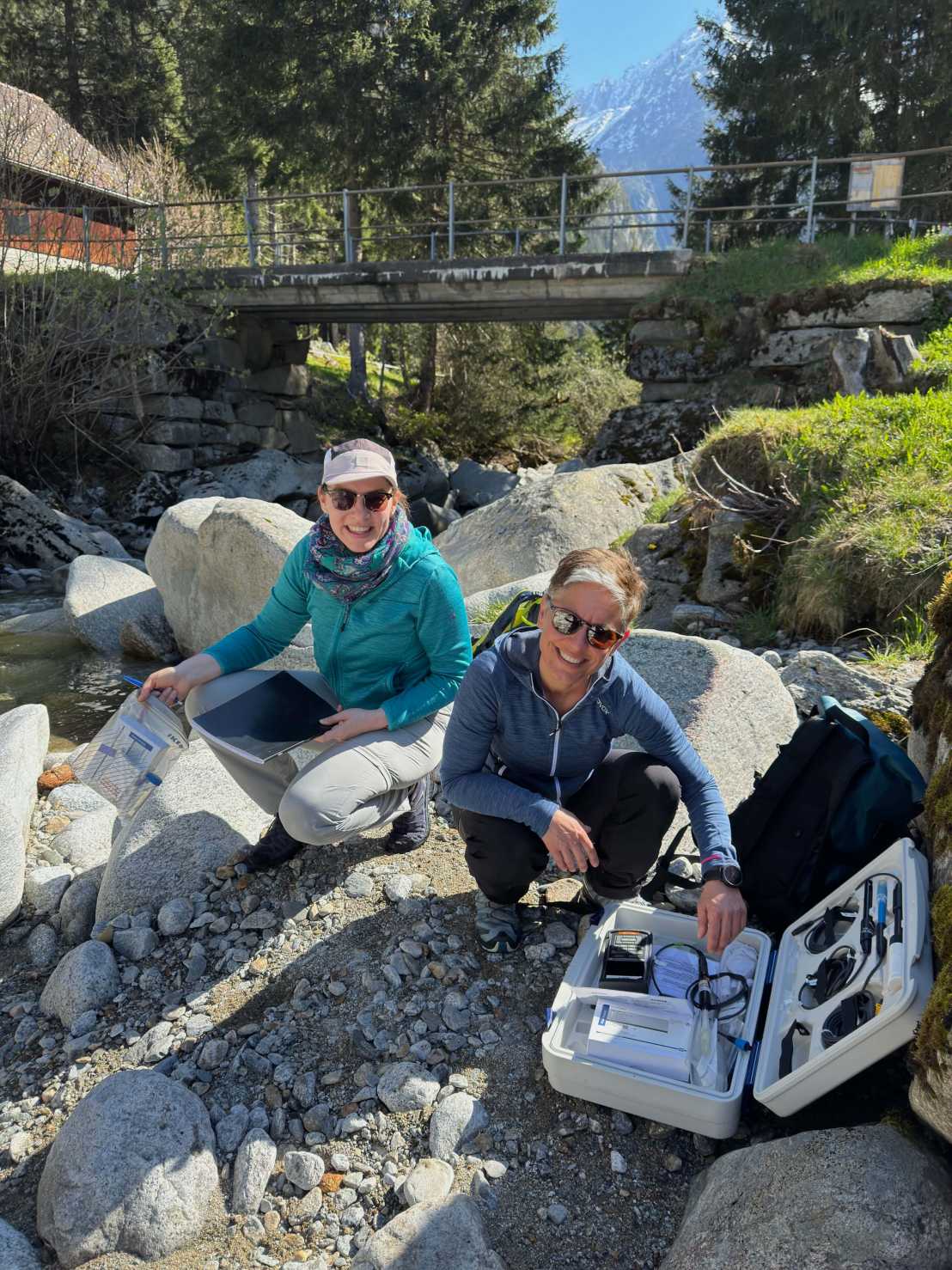
April 28, 2025
Andrea and Jolanda preparing for our practical course, sampling rivers in the Alps with beautiful spring weather.
David succesfully defended his PhD
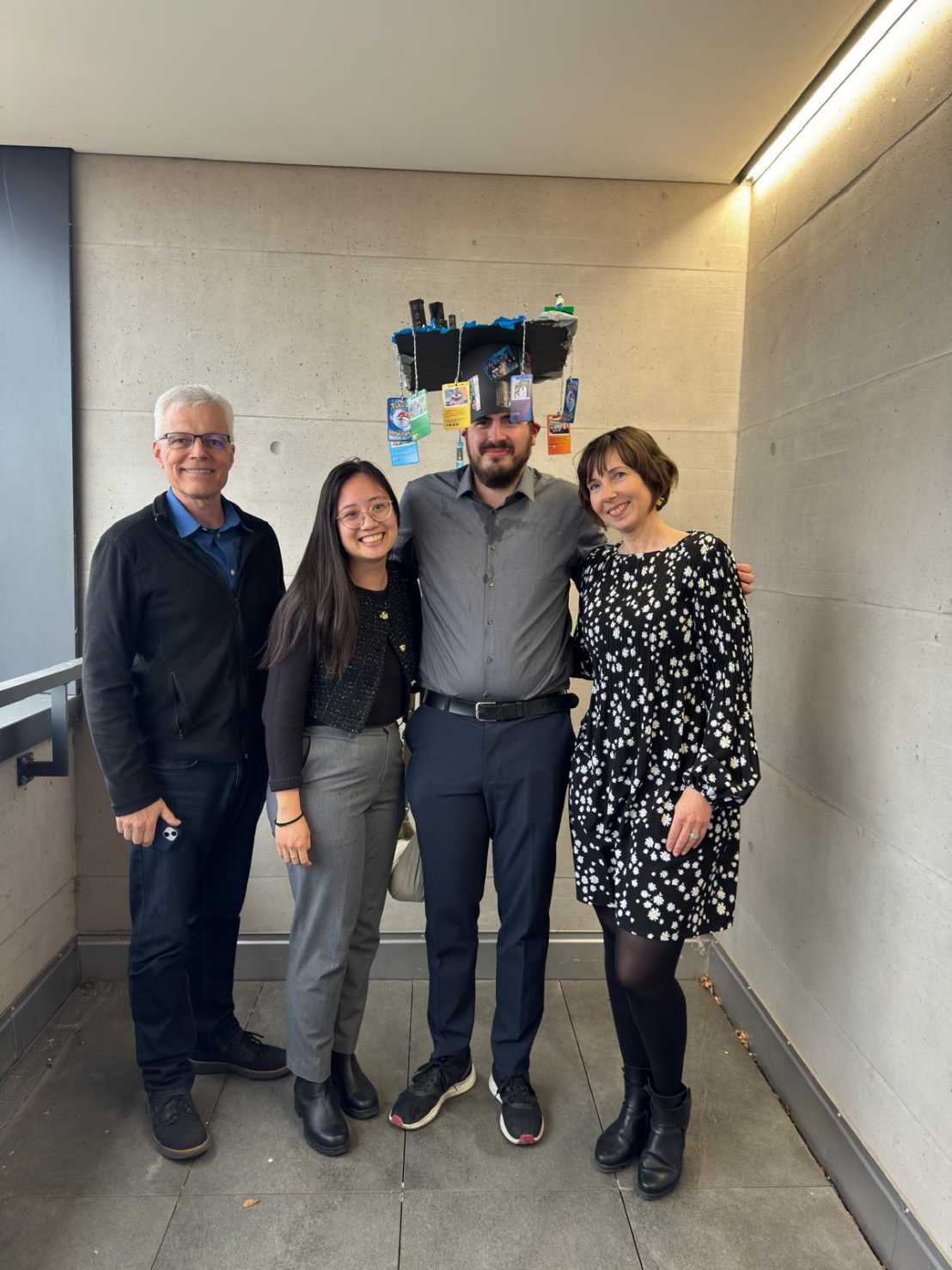
March 12, 2025
Congratulations to Dr. David Haaf who succesfully defended his PhD thesis on March 12, 2025.
Sampling campaign in Vietnam
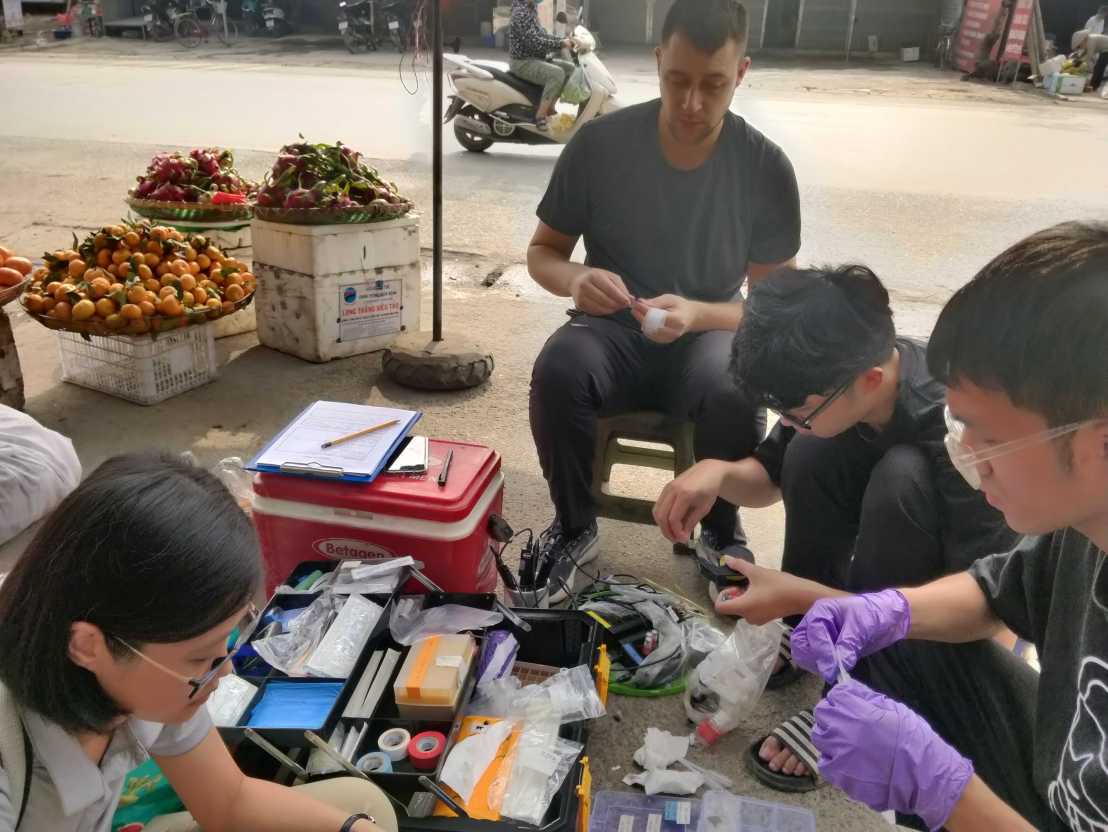
November 2024
The DeltAs project has started, and Jacob and Tobias went to Hanoi for a first field trip. They got great support from our Vietnamese partners Duyen, Long and Vinh. Thanks for all the hard work until now!
Publication of Esther's paper
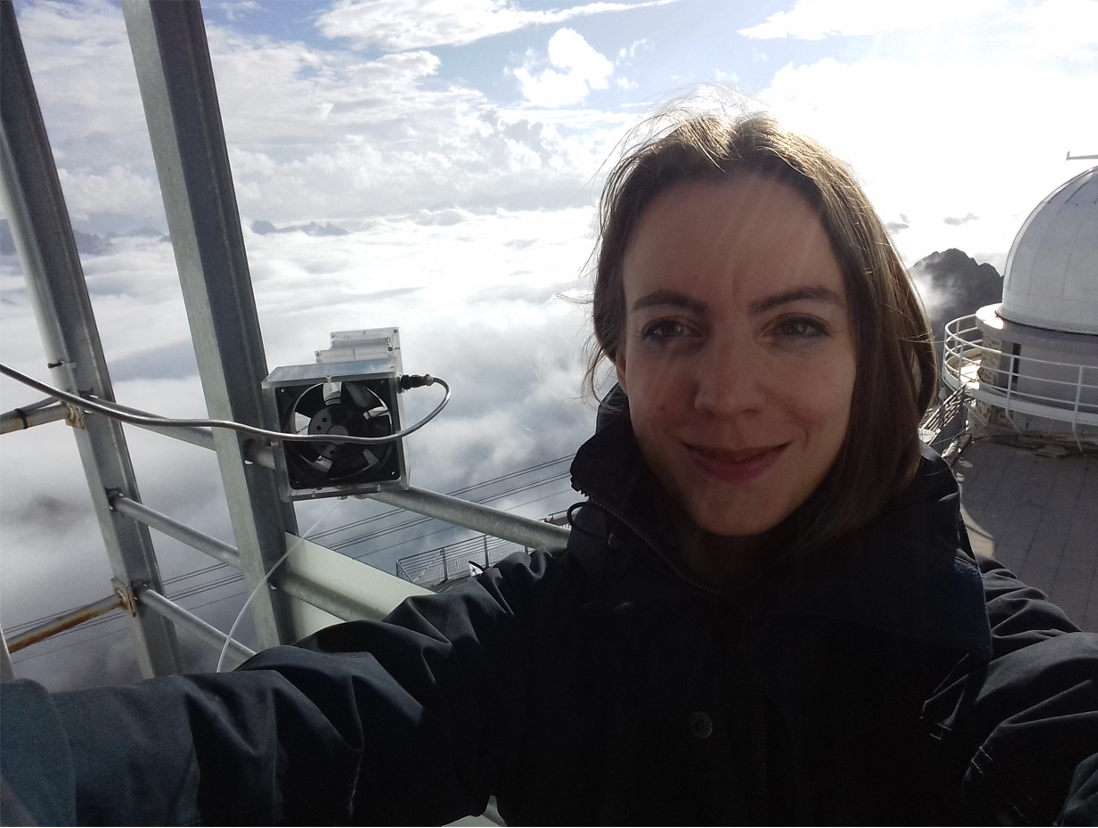
November 2024
Esther's paper on "methylated arsenic in the atmosphere" has been published in Nature Communications. Congratulations to Esther and the whole team! Here you find the paper: external page https://www.nature.com/articles/s41467-024-53974-z
Mass Spec Facility celebration
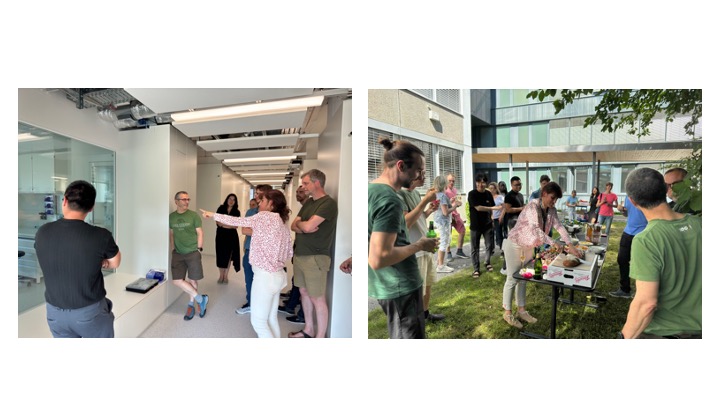
July 9, 2024
Eawag's Mass Spec facility with the new analytical trace element cluster is almost finished. We took the occassion to celebrate the final steps of construction and thank everyone who made this happen, especially Julie Tolu and Mike Chan for all their hard work on creating the trace element facility. Also many thanks to Heinz Singer and everyone else for bringing the Mass Spec facility to life.
Ville succesfully defended his PhD
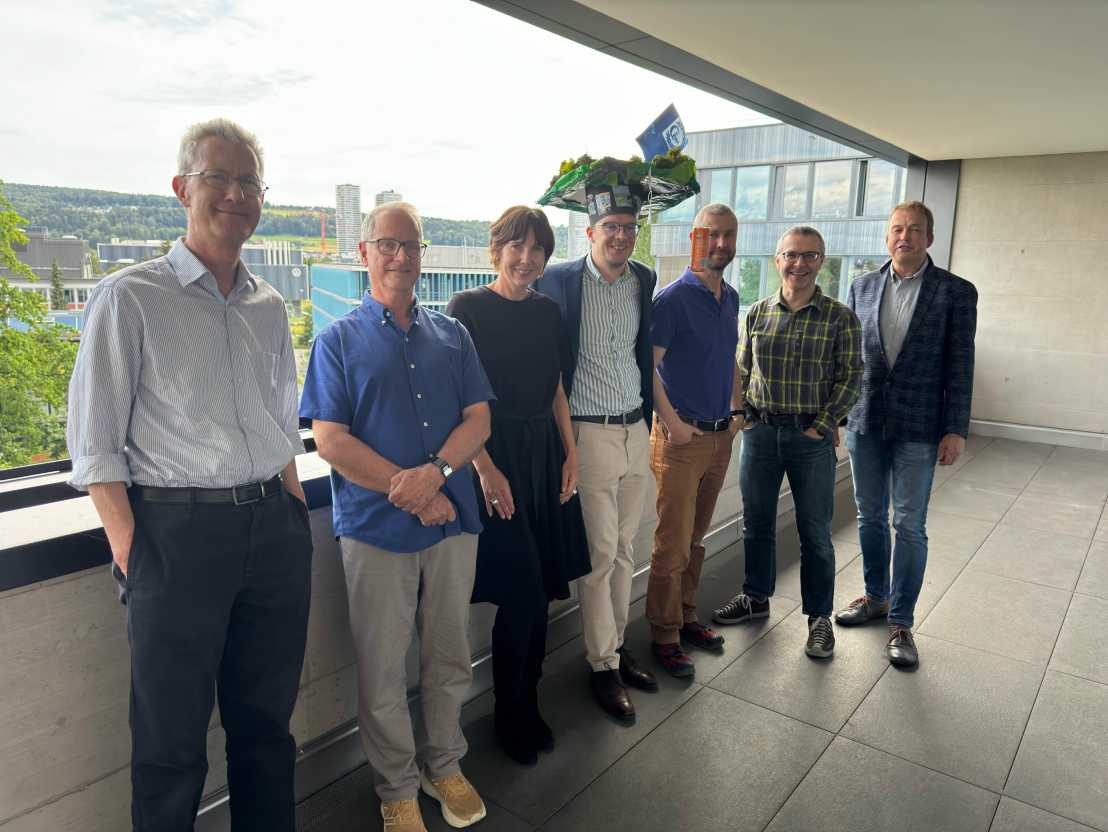
July 4, 2024
Congratulations to Dr. Ville Nenonen who succesfully defended his PhD thesis on July 4th, 2024.
DeltAs project kick off meeting in Hanoi
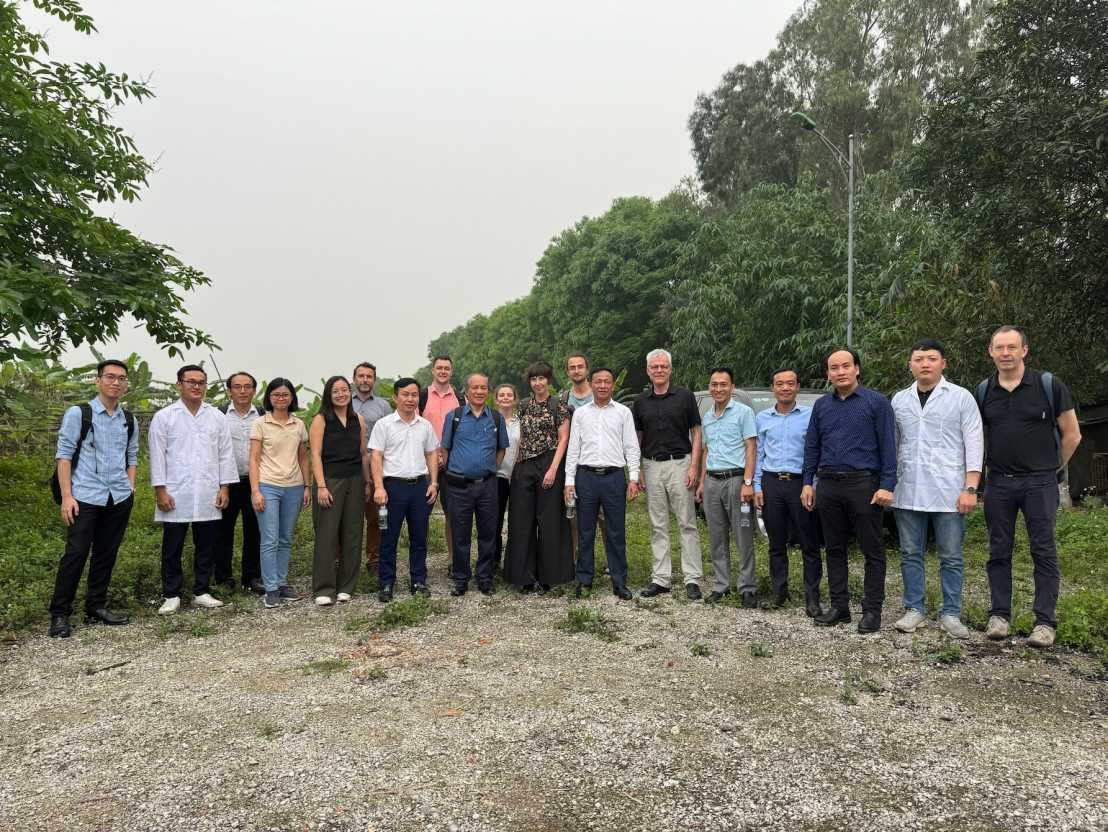
April 22, 2024
Our SNF funded Sinergia DeltAs project has started with the kick-off meeting in Hanoi, Vietnam. Together with our collaborators are we looking forward to evaluating changes in geogenic arsenic (As) contamination under anthropogenic pressures in the Red River and Mekong deltas in Vietnam. In these regions, arsenic naturally occurs in groundwater but also human activities such as groundwater pumping can change the spreading of arsenic over time. This project will investigate these changes and aim to aid policy decisions to secure safe water in these rapidly evolving and vulnerable regions.
There is also a post on external page LinkedIn about the kick-off week in Hanoi.
Geochemical Soil Atlas of Switzerland
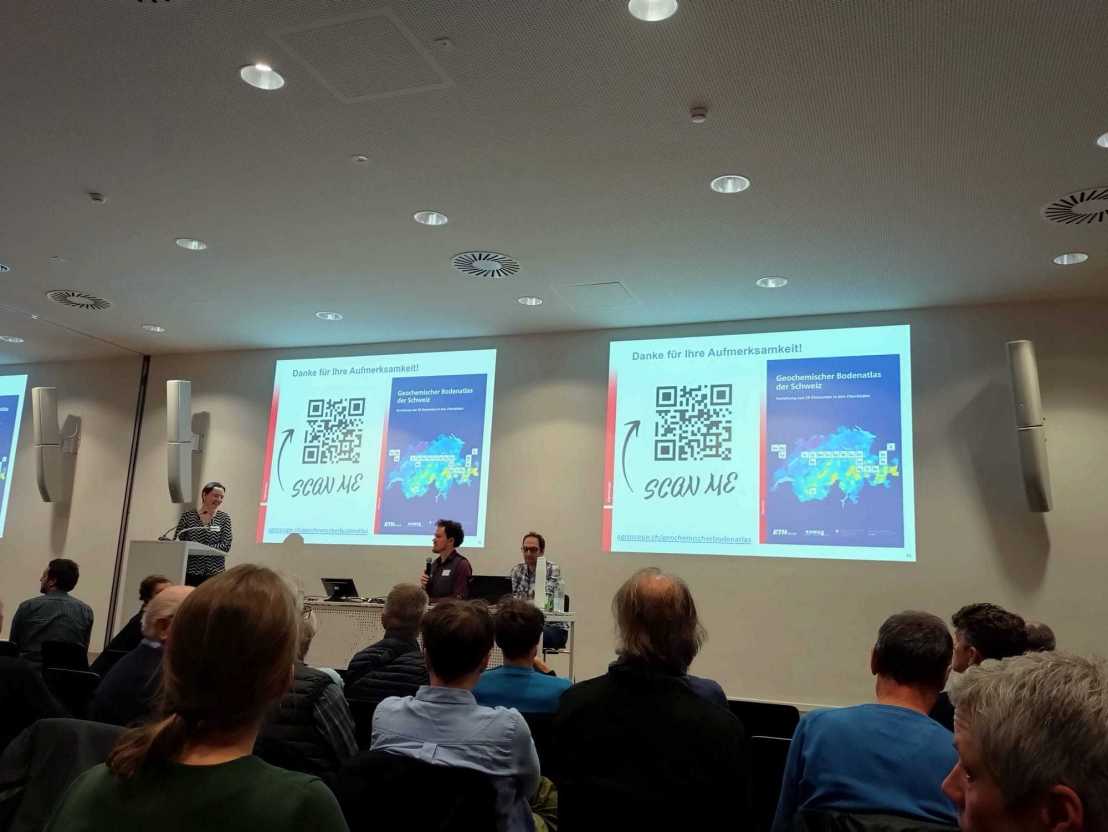
March 21, 2024
Congratulations to Jolanda Reusser for presenting the external page Geochemical Soil Atlas of Switzerland during the Bodenkundliche Gesellschaft der Schweiz (BGS) Jahrestagung 2024 in Bern, Switzerland.
IBP PhD Poster award for Pauline Béziat
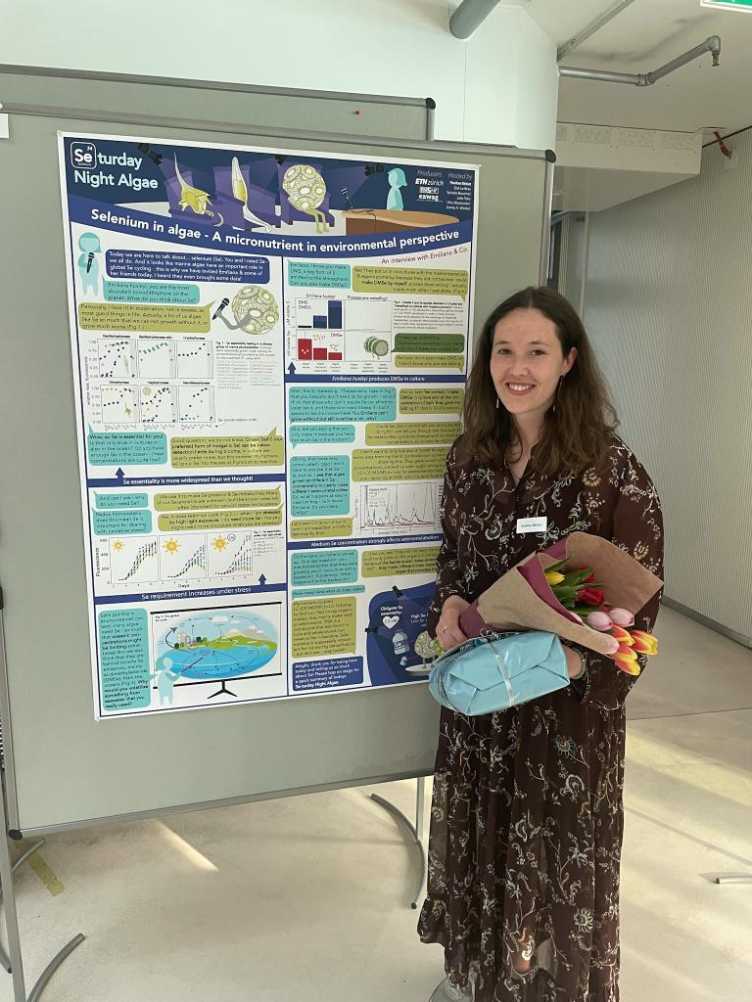
May 4, 2023
We are proud that Pauline won for the 2nd time the IBP PhD Poster award during the IBP PhD Congress last month.
Heinz Lowenstam Science Innovation Award 2022 for Lenny Winkel
February 16, 2022
Lenny is awarded with Heinz Lowenstam Science Innovation Award 2022 for major contributions to the understanding of selenium occurrence in soils and arsenic occurrence in groundwater by integrating global-scale mapping and data analysis based on chemical modeling and machine learning with geochemical experimentation based on molecular-scale interrogation of biogeochemical processes. external page Read more
ETH Medal for Outstanding Doctoral Thesis for Aryeh Feinberg
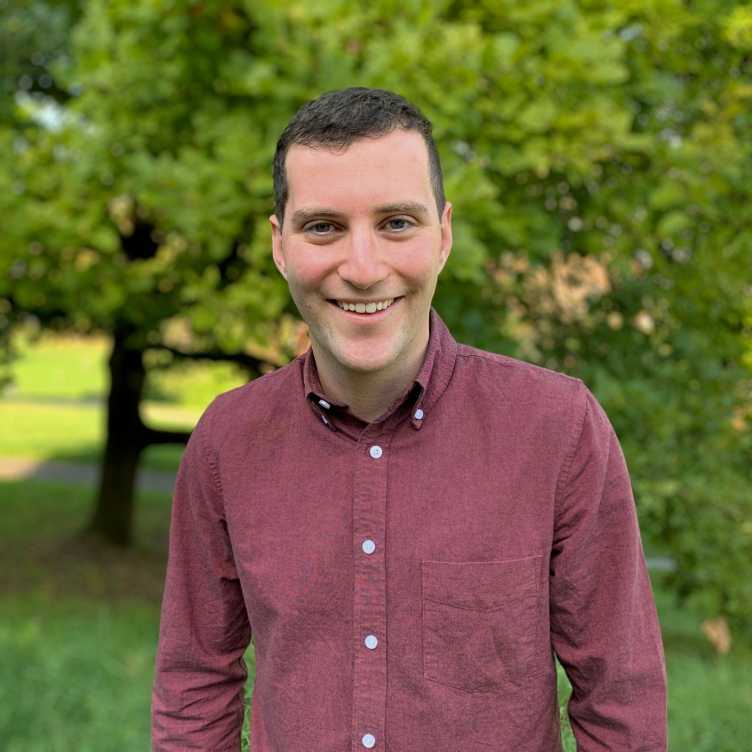
October 20, 2021
Aryeh is awarded with the ETH medal for his Outstanding Doctoral Thesis: The atmospheric sulfur and selenium cycles: a global model of transport and deposition. Further information and all winners of the ETH Medal can be found here.
ERC Consolidator Grant for Núria Casacuberta-Arola
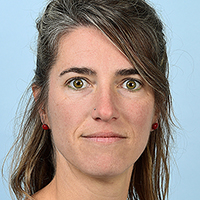
Núria awarded with the ERC Consolidator Grant
December 09, 2020
Núrias newly funded project will use a novel approach that combines artificial and natural radioactive tracers to study the fluxes, circulation timescales and mixing processes of waters in the Arctic and subpolar North Atlantic oceans. Congratulations to Núria and we are looking forward to learn more about underlying physical mechanisms of water mass transport in polar region that plays a key role in regulating climate on Earth.
Ari defends his PhD remotely
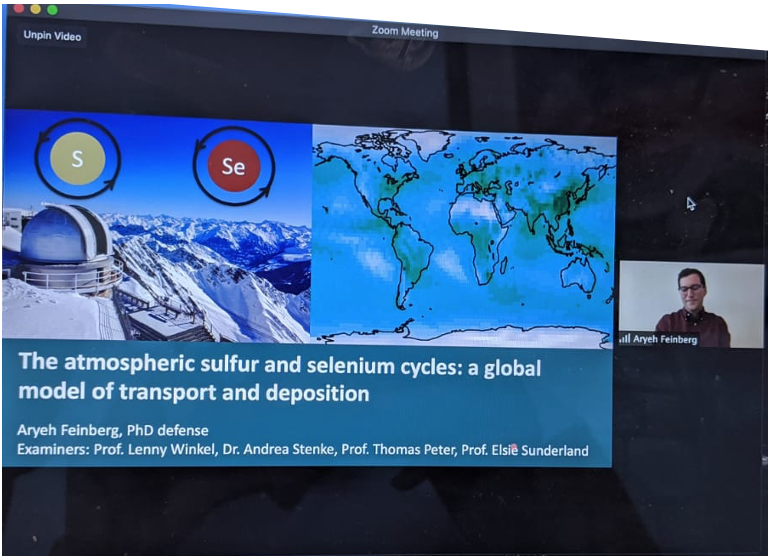
May 13, 2020
Due to the special circumstances of coronavirus, Ari Feinberg's PhD defense proceeded remotely on Zoom. Congratulations to Ari for the successful defense, which had over 90 participants online! Ari's thesis focused on modelling the atmospheric sulfur and selenium cycles. Two papers from the thesis have been recently published in journals. The first, in external page Atmospheric Chemistry and Physics, investigates the uncertainties in the selenium cycle and identifies that uncertainties in emissions play the largest role in the prediction of selenium deposition maps. The second, in external page Environmental Science & Technology, constrains the uncertainties in selenium emissions using a compiled dataset of atmospheric selenium observations and Bayesian inference.
Golden Owl 2019 for Lenny Winkel
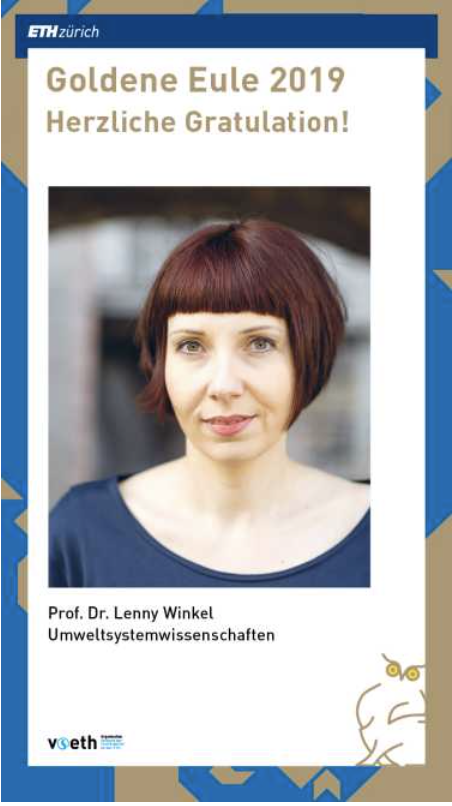
November 19, 2019
Lenny Winkel has been awarded the teaching award "Golden Owl" by the Association of Students at ETH Zurich (VSETH).
Lenny Winkel has been an associate Professor of Inorganic Environmental Geochemistry at the Department of Environmental Systems Science since 2018. Among other things, she is teaching a Practical Training in Biogeochemistry and the course "Chemistry of Aquatic Systems" for Bachelor's students in Environmental Sciences.
The Golden Owl honours lecturers who have provided exceptional teaching and motivates them to continue with their excellent teaching. Since the 150th anniversary of ETH Zurich in 2005, the prize is presented on ETH Day every year to one lecturer in each department.
Golden Owl of the VSETH
Personal profile of Lenny Winkel
Sampling campaign in the Mediterranean Sea
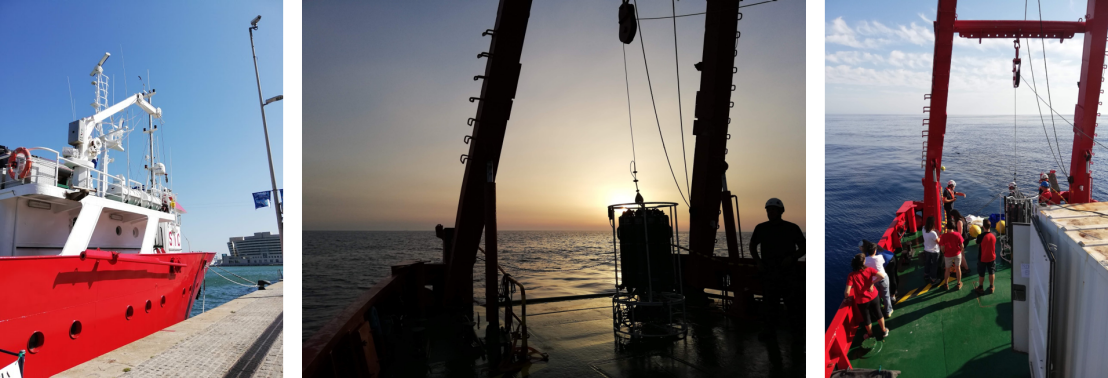
June 2019
Zoé and Pauline joined the Mediterranean BIOGAPS cruise, led by Dr. Rafel Simó (Institut de Ciències del Mar, CSIC) on the R/V García del Cid. The scientific cruise was focused on understanding the dynamics of production and sinks of biogenic volatile species, i.e., mainly dimethyl sulfide (DMS), over a diurnal cycle (48 hours) using Lagrangian buoys and drifters in the Mediterranean Sea. After an intense sampling campaign over the diurnal cycle, the scientific team and the crew enjoyed the sunny weather and calm sea. During this cruise we tested our new purge and trap system for volatile selenium (Se) species and we sampled phytoplankton with the aim of getting more information on intracellular Se speciation. Back in the lab, trapped Se species were quantified using thermal desorption ICP-MS and phytoplankton samples will be analyzed soon. We already got some interesting data that will help us to better understand dynamics of volatile Se species in the marine environment. Further field campaigns aimed at unraveling the Se biogeochemical cycle are in preparation.
Updates in our research group
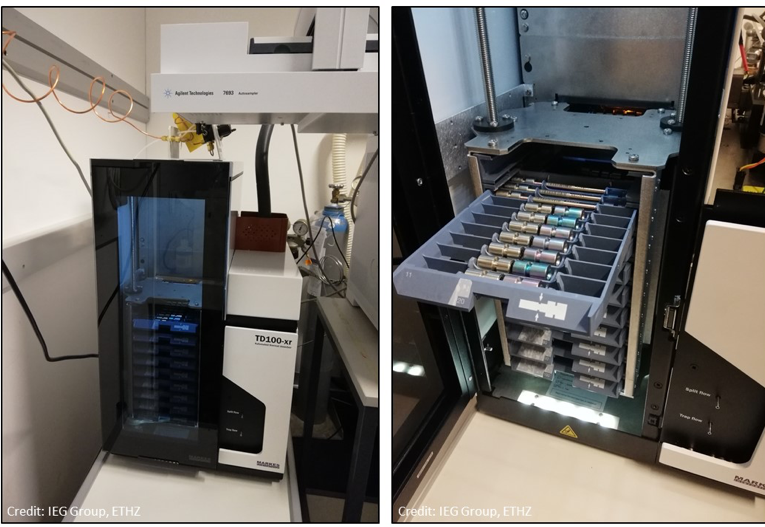
February 2019
After the arrival of new PhD students working on marine selenium project in our group, we are glad to host a new measuring instrument in our ETH lab to improve our knowledge on volatile Se species: the automated thermal desorber (TD100-xr) from Markes International. The first test phase already started. Stay tuned for upcoming results!
The search for Selenium: Traces in the high Alps
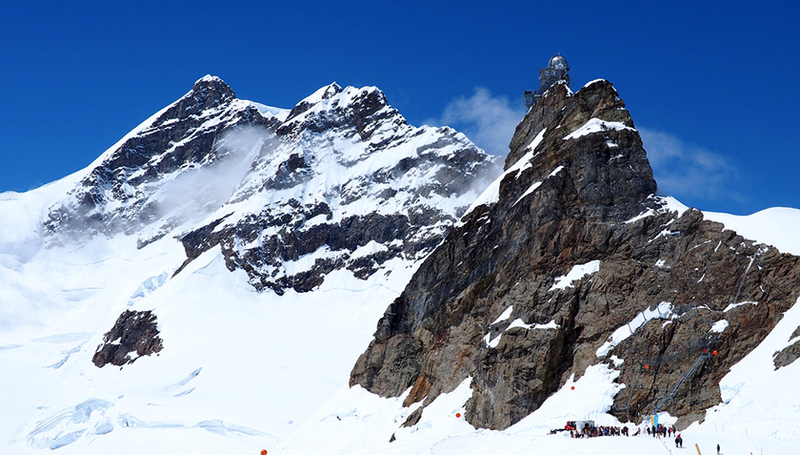
February 11, 2019
Selenium is a difficult mineral to research, as it has a complex chemistry and is only found in the environment in the tiniest amounts. However, scientists at Eawag and ETH Zurich have now developed new methods of chemical analysis that, when combined with atmospheric models, allow assumptions to be made for the first time on the origins of selenium.external page Read more
Lenny wins the Sandmeyer Prize 2019 together with the "Eawag group"
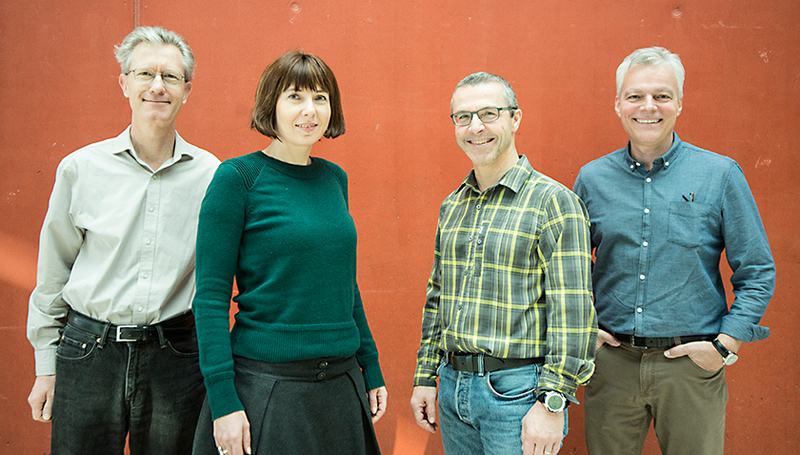
Michael Berg, Stephan Hug, Annette Johnson (in memoriam), Andreas Voegelin and Lenny Winkel from the Department of Water Resources and Drinking Water (W +T) at Eawag have been selected for the “Sandmeyer Award” from the Swiss Chemical Society (SCG) for their many years of work researching contamination of drinking water resources with geogenic elements.
The contamination of drinking water with geogenic elements such as arsenic and fluoride is a problem that affects several hundred million people around the world. Chronic arsenic poisoning, cancer, dental or skeletal fluorosis are some of the severe consequences of this.
Michael Berg, Stephan Hug, Annette Johnson, Andreas Voegelin and Lenny Winkel began this work 20 years ago when the world learned of the arsenic contamination of groundwater in parts of India and Bangladesh. They were among the first people to research methods for removing arsenic in the household using locally sourced materials.
They will receive the Sandmeyer Award in 2019 for their research work that has not only been extremely effective in Switzerland but also on an international scale. The external page SCG recognises individuals and groups for outstanding achievements in industrial and applied chemistry.
Emiliano Stopelli awarded Prix de Quervain 2017
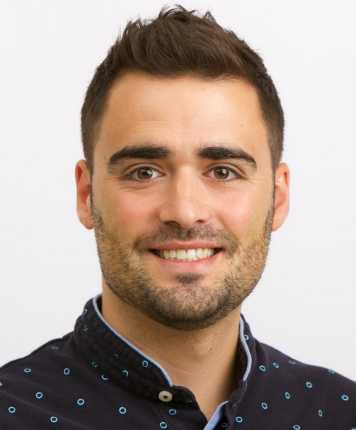
Emiliano won the external page Prix de Quervain 2017 for his PhD dissertation "Biological ice nucleating particles at tropospheric cloud height" at Uni Basel. Congratulations Emiliano!
Lenny is the EAG Distinguished Lecturer 2017
Lenny was chosen as the European Association of Geochemistry (EAG) Distinguished Lecturer 2017, awarded for outstanding research and the ability to communicate one's research to a wide audience. Lenny will present her research at universities in Hungary, Romania, and Czech Republic, as part of her external page EAG Distinguished Lecturer Tour.
200 Years of Selenium Research
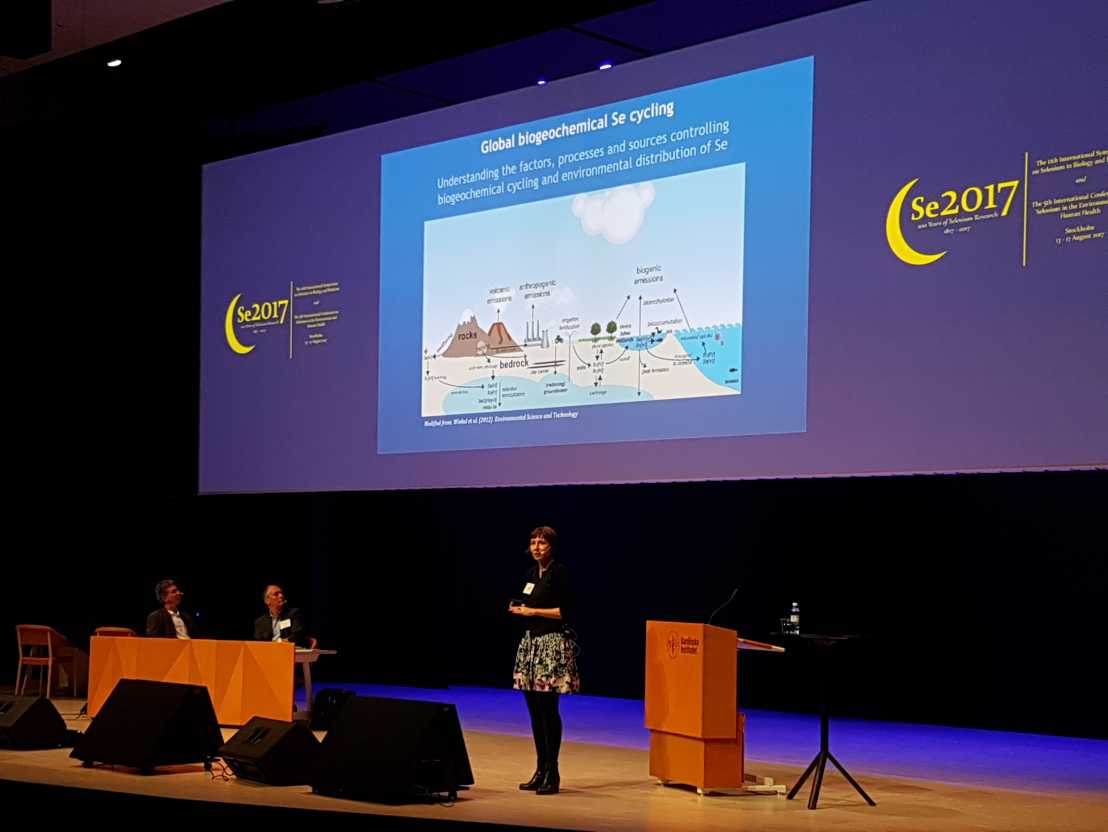
Lenny and Elke attended the Se2017 conference in Stockholm, which was composed of two symposia: the 11th International Symposium on Selenium in Biology and Medicine and the 5th International Conference on Selenium in the Environment and Human Health. The conference celebrated 200 years since the discovery of selenium. Lenny presented a plenary talk during the conference.
14th ICOBTE conference
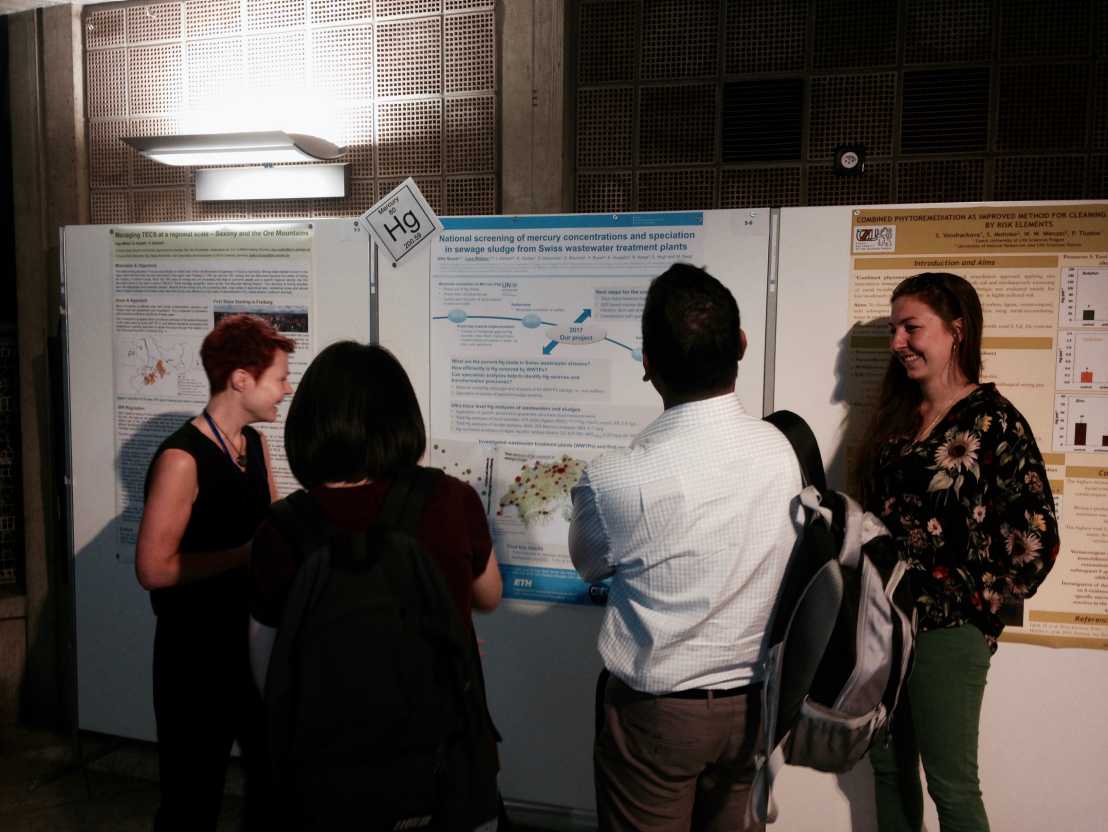
All IEG group members attended the 14th International Conference on the Biogeochemistry of Trace Elements (ICOBTE) in Zürich last week. The conference was an excellent venue for sharing information about the transformations, cycling, biological impacts, and remediation of trace elements. As shown in the photo, Elke Suess and Laura Widmer presented an innovative and interactive poster about mercury in Swiss wastewater treatment plants.
New Paper in PNAS
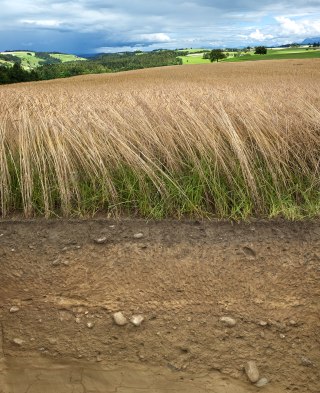
Our paper on global predictions of selenium in soils is published in PNAS. In our study we used data mining techniques to model soil selenium concentrations using measured soil selenium data from 15 datasets as well as 26 predictor variables. Based on the models, climate variables and their interactions with soil properties were identified as the most important factors driving broad-scale soil selenium concentrations. Given the importance of climate on soil selenium concentrations, a further set of models were made for the years 2080-2099 in order to predict how climate change could influence global soil selenium concentrations by the end of the 21st century. Using moderate climate change scenarios for both climate variables and soil organic carbon, the models predicted future (2080-2099) soil selenium losses from over half (58%) of all modeled areas (mean loss= 8%). Losses from croplands were even higher with 66% of cropland areas that were modeled were predicted to lose ~9% of current soil selenium levels. In addition, 61% of pasturelands that were modeled were predicted to lose ~8% of current soil selenium levels. These losses suggest that the worldwide prevalence of selenium deficiency in humans and livestock could increase.
external page Eawag press release
ETH press release
external page link to the paper
Pic du Midi
Lenny, Elke, and Ari, along with Dr. David Amouroux and Dr. Emmanuel Tessier from Pau (CNRS, LCABIE), conducted our second sampling campaign at Pic du Midi (2877 m) in late January. The team braved the winter cold to sample atmospheric S, Se, Br, and I compounds over a 48 hour period. The trace species were collected from the air using both cryo-trapping and activated carbon trapping methods. Although we enjoyed the clear and sunny weather at Pic du Midi, we had no opportunity to sample any cloud water for trace element measurements. The chemical species in the gas traps were quantified using the GC-ICP-MS in Pau. Our trips to Pic du Midi produced some of the first gas phase Se speciation measurements in the free troposphere. Combined with our first sampling campaign in June, these results will show whether there are seasonal differences for the emissions and transport of trace elements in the atmosphere.
Group retreat
On the 29th and 30 September 2016 we had a group retreat in the beautiful mountains of Poschiavo where we stayed at Hotel Belvedere located at Alp Grüm. After enjoying some local specialties in the last rays of sunlight, we had research presentations followed by solution-orientated and stimulating rounds of discussion. In between, we went on a small hike in the area to get some fresh air, but after a few minutes, the first signs of a thunderstorm appeared, and we returned to our cosy seminar lodge. In the evening, we enjoyed a delicious dinner and the atmosphere at 2189 meters above sea level. Later that night, we all went to bed with the hope for better weather the next day.
On day 2, we awoke realizing the dream concerning the weather came true. After breakfast, we hiked to Cavaglia. There we had a guided tour through the external page Cavaglia Glacier Garden (GGC). The guide told us the interesting story of how they discovered and excavated the glacier potholes, and we learned a lot about the geology and vegetation of the area. The Cavaglia Glacier Garden is a unique place and it is considered to have the highest density of glacier potholes in Europe (and maybe even in the world). After our stunning tour, we took the train back to Zurich. Even though our retreat was ending, the train ride home was gorgeous. We rode along the UNESCO world heritage railway line and took the Gourmino train from Samedan to Chur, where we finished the retreat with a snack and coffee.
Welcome to Sven Wellauer!
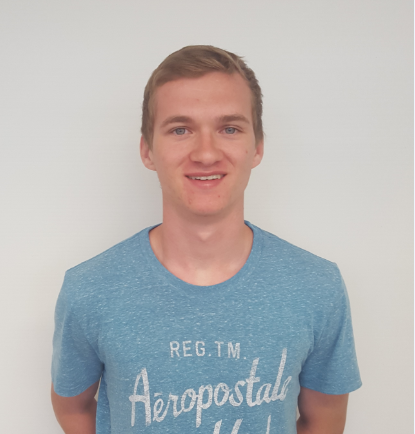
Sven does his civil service in our group, and he works on the development of a pre-concentration technique for sulfur isotope determination in rainwater, which can give us information about sources of sulfur (as sulfate). Sample volumes and sulfur contents in rainwater are relatively low (of 0.1 to 3 mg/L) and therefore a pre-concentration step is necessary which is efficient and which avoids fractionation reactions causing shifts in the isotope signature. In his project Sven tests the performance of different anion sorbent for sorption efficiency and recovery of sulfate and he investigates the minimum sulfate concentrations required to carry out sulfur isotope analysis.
Precipitation Sampler
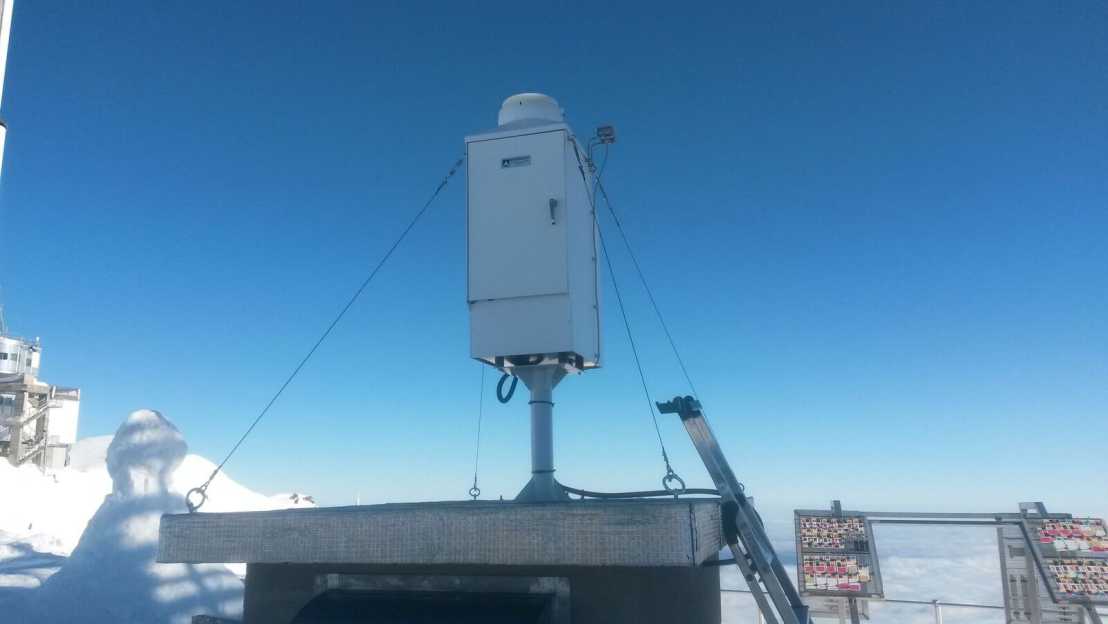
Since April 2016 we operate a new precipitation sampler (external page NSA181/E HD-PE) funded by Eawag at the technical platform of the external page Pic du Midi observatory (2877 m) in the French Pyrenees in close collaboration with external page Dr. Jeroen Sonke from OBS-MIP in Toulouse/France.
The precipitation sampler is especially designed for high altitude sampling purposes with a heated snow top and a tempered sampling storage chamber. A precipitation sensor regulates opening of the top in case of precipitation to avoid collection of dry deposition and sample contamination, and the amount of precipitation is determined with an integrated rain gauge.
We use the sampler to collect precipitation samples in the free troposphere on a weekly basis aimed at analyzing total concentrations and speciation of trace elements (Se, S, Br, I) and C and S isotopes. As the Pic du Midi mainly receives precipitation from air masses coming from the Atlantic Ocean or the Mediterranean Sea, with the help of the multidimensional dataset, we aim to get a better insight of the marine sources (e.g., industrial or biogenic) of these trace elements. In addition, we aim to obtain information on the role of (dissolved) organic carbon in atmospheric transport of the investigated elements.
In order to compare precipitation chemistry from a marine influenced location to a more continental location we also analyze trace elements in precipitation collected at the external page Jungfraujoch at 3450 m.
Trace elements in the free troposphere

Elke and Lenny went up the Pic du Midi in Early June to carry out an air sampling campaign in collaboration with external page Dr. David Amouroux, Dr. Emmanuel Tessier and Dr. Maïté Bueno from Pau (CNRS, LCABIE). The aim of the campaign was to find out if and in what form the elements Se, Br, I and S are present in the free troposphere. We tested high volume sampling and different techniques such as cryo- and chemotrapping. The traps were connected to a heated trace metal clean external page air Inlet. In addition, also external page cloud water and fresh precipitation samples were collected. Together with our collaborators, Elke analyzed the gas traps using GC-ICP-MS in Pau.
New analytical instruments
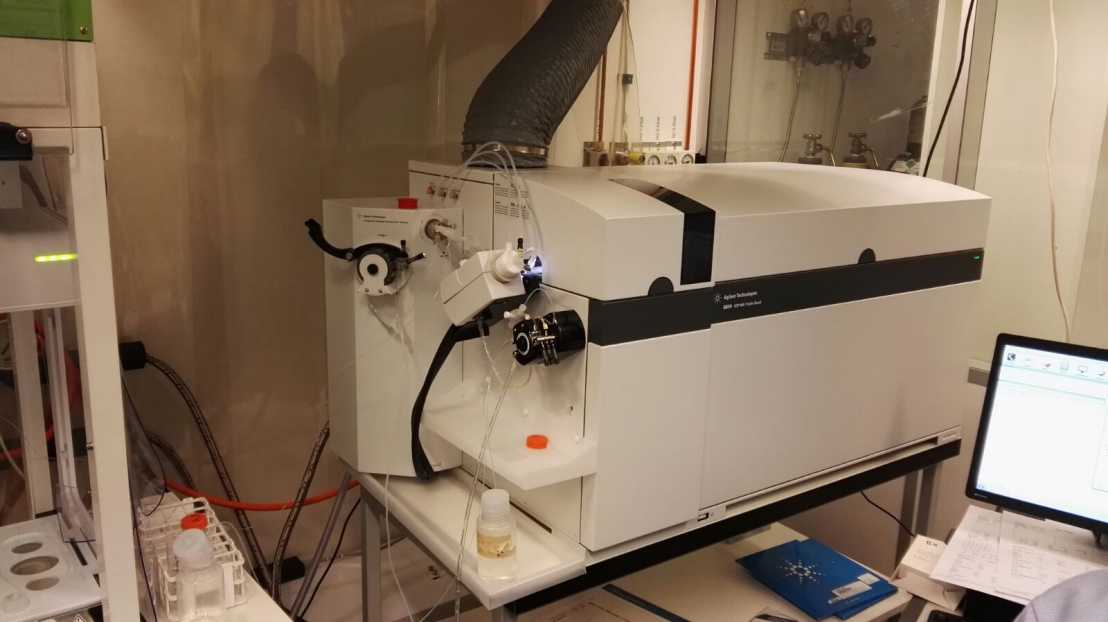
Triple quadrupole ICP-MS (in combination with HPLC/ IC)
Together with Prof. Ruben Kretzschmar and the Soil Chemistry Group we are now operating our new Agilent 8800 ICP-QQQ (triple quadrupole) in combination with two chromatographic separation systems (HPLC and IC). With this state-of-the-art instrumental setup we can accurately determine (ultra-)trace levels of a large range of chemical elements as well as elemental speciation. It is highly suitable for the analysis of selenium and sulfur which are key elements in our research group.
New paper in Nature Communications
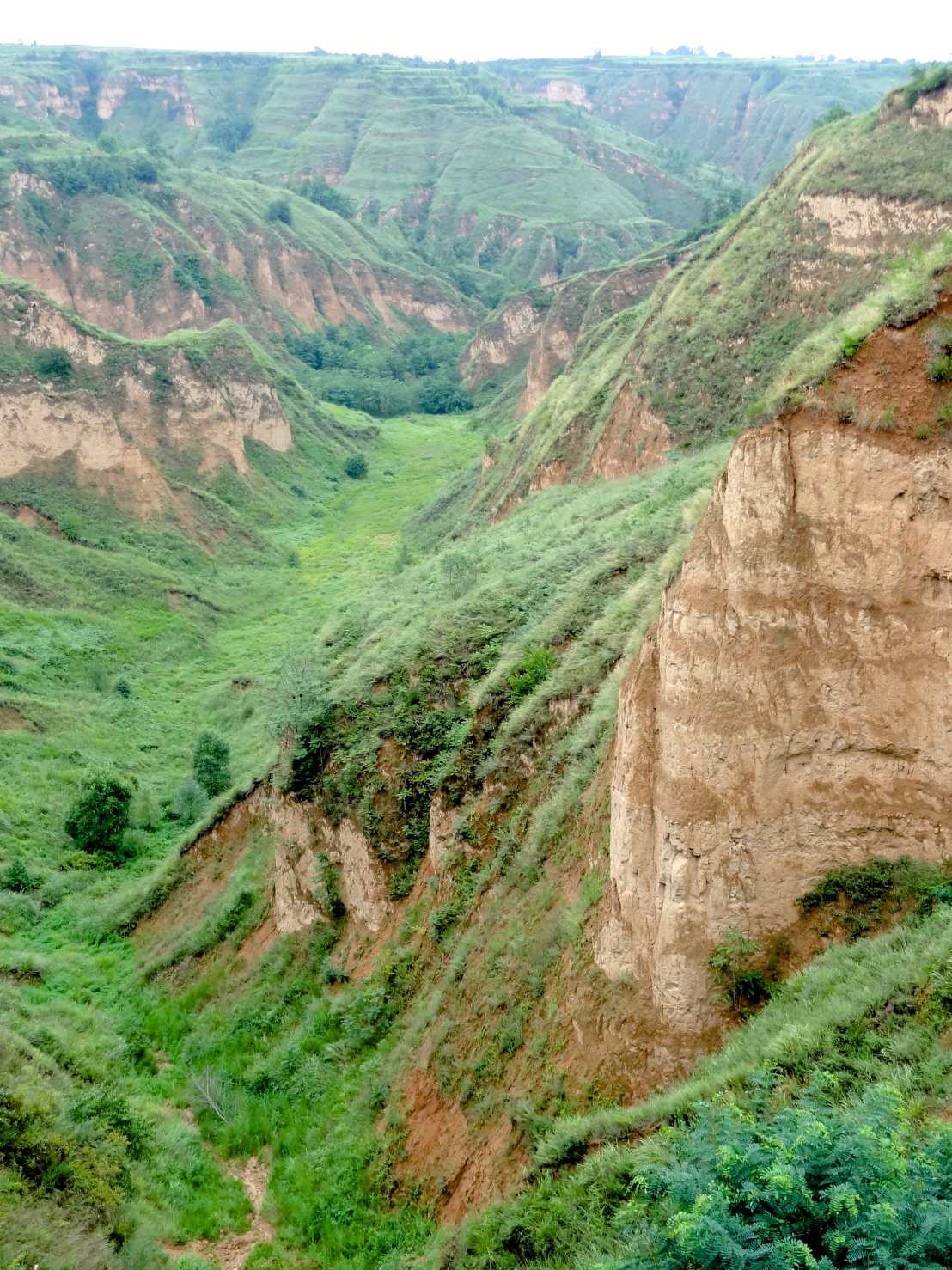
Rainfall as a potential source of selenium for soils
Selenium is an essential trace element for human health but in various regions of the world people suffer from selenium deficiency. It has been estimated that up to one billion people worldwide have too low selenium intake levels. Hypothetically, the atmosphere is a source of selenium for the land surface via deposition with rainfall. However to date, this idea has lacked empirical support. Our findings provide support to the hypothesis that rainfall is a source of selenium for soils.
Selenium has a narrow range of safe concentrations: according to scientific studies intakes below 30 micrograms per day may lead to selenium deficiency and intakes exceeding 900 micrograms per day may lead to toxicity. Food crops constitute an important dietary source of selenium and agricultural soils are, in turn, a major source of selenium in crops. Since in many regions of the world soils are low in selenium, selenium deficiencies are widespread: It has been estimated that up to one billion people worldwide have too low selenium intake levels. One of the lowest selenium areas in the world is located in central China, stretching from Tibet in the southwest to Heilongjiang Province in the northeast. In this belt, diseases related to selenium deficiency are prevalent, such as Kashin-Beck disease (a bone disease), which has affected the lives of one million inhabitants.
Until now it is unknown why selenium levels in soils can be highly variable and low in many cases. Hypothetically, the atmosphere is a source of selenium for the land surface via deposition with rainfall. However to date, this idea has lacked empirical support. In a new study, published in Nature Communications Tim Blazina and Lenny Winkel from Eawag and their colleagues used sediments formed from atmospherically deposited mineral dust (loess) from the Loess Plateau located in north-central China to reconstruct past amounts of atmospheric selenium deposition. They found that soil selenium distribution may be related to China’s main precipitation source, the East Asian Monsoon, as during particular warm and wet time periods in the geologic past selenium concentrations were linked to variability in climatic proxies indicative of effective precipitation.
The findings provide support to the hypothesis that rainfall is a source of selenium for soils. It is likely that the low amount of rainfall in central China, in addition the absence of local sources of selenium, such as selenium-rich rocks, is a main factor in explaining the low selenium belt.
Katja Luxem awarded Fulbright fellowship
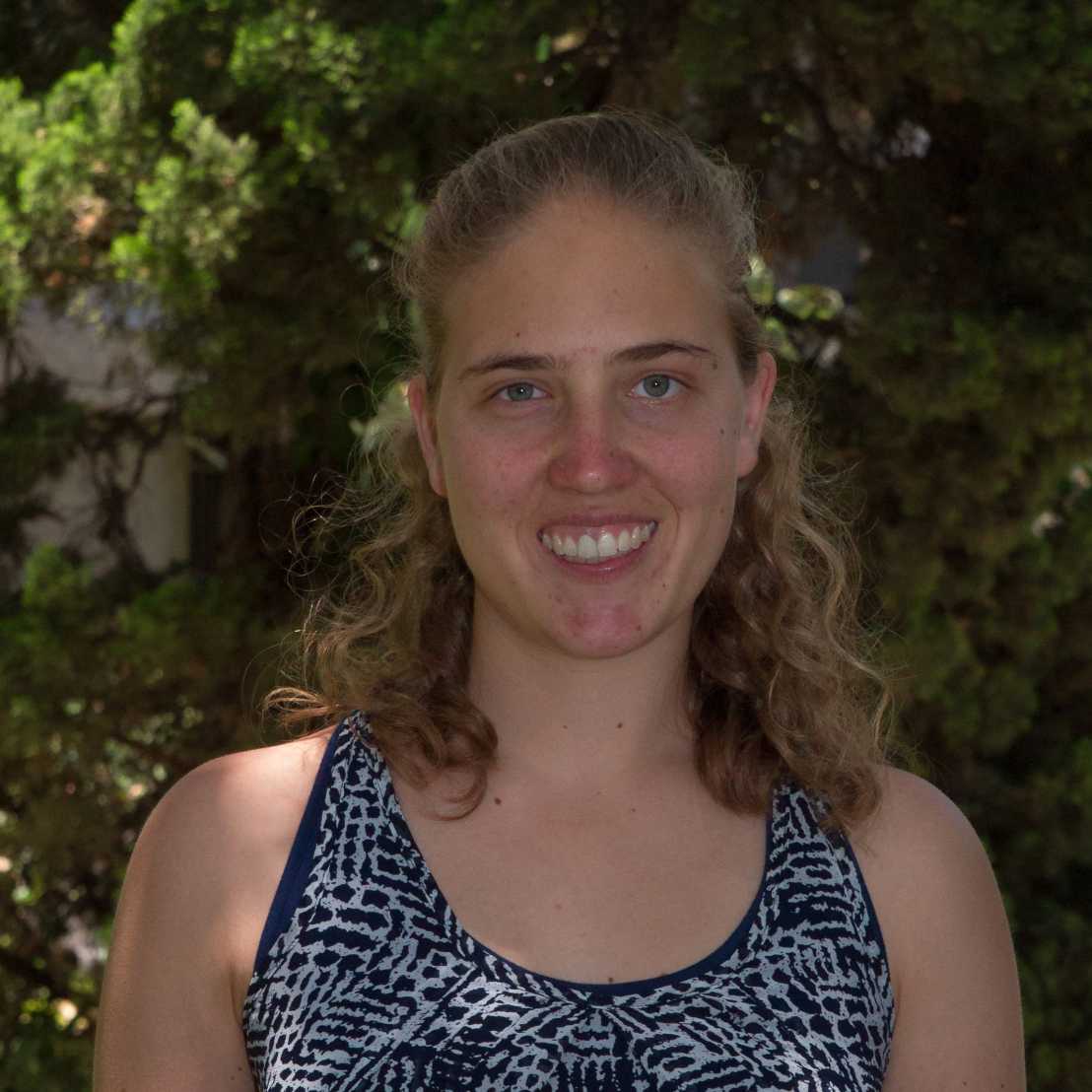
Congratulations to Katja! Katja graduated from Caltech in June 2014 and will join our group for one year, starting in September 2014, to study selenium cycling in marine organisms. One of her key interests is to study the effects of climate change on selenium uptake and release via methylation and volatilization.
Tim goes to Pic du Midi
In July 2014 Tim went to the Pic du Midi observatory in the Pyrenees to set up a modified version of the selenium and sulfur gas trapping method developed by our group (see Winkel et al., 2009 and Vriens et al., 2014) to trap gaseous species of Se in the free troposphere at the Observatory located near the border of France and Spain. While many studies have measured Se concentrations and speciation in rainwater and aerosols; the concentration and speciation of gaseous forms of selenium has yet to be explored and this research aims to fill in some of these gaps. This project is a collaboration with the external page Mercury Research Group at GET(Géosciences Environnement Toulouse) and external page Dr. Francois de Vleeschouwer (Ecolab).
Pic du Midi (Photos: Tim Blazina)
-
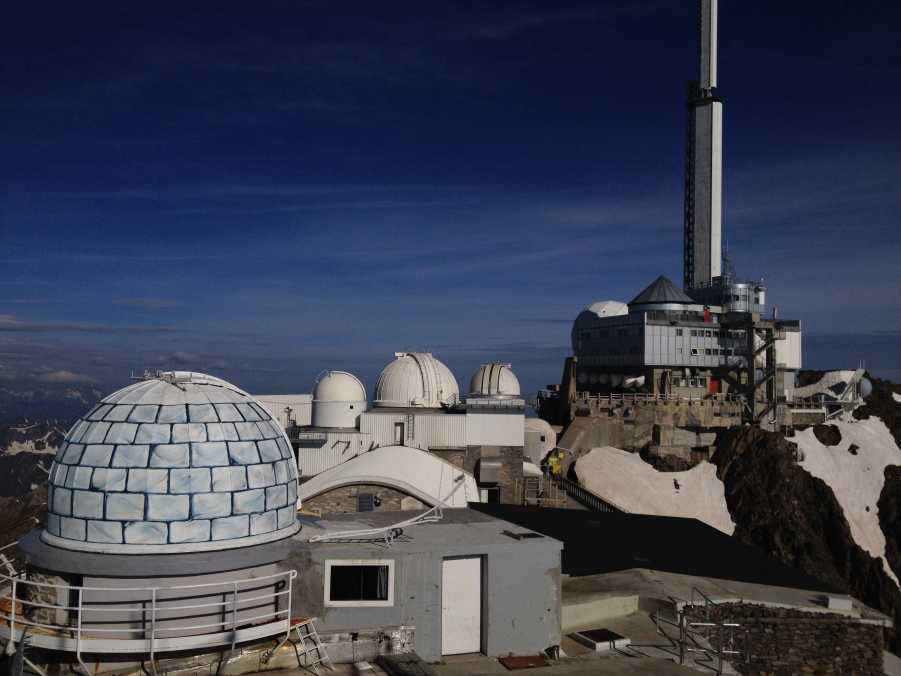
The observatory -
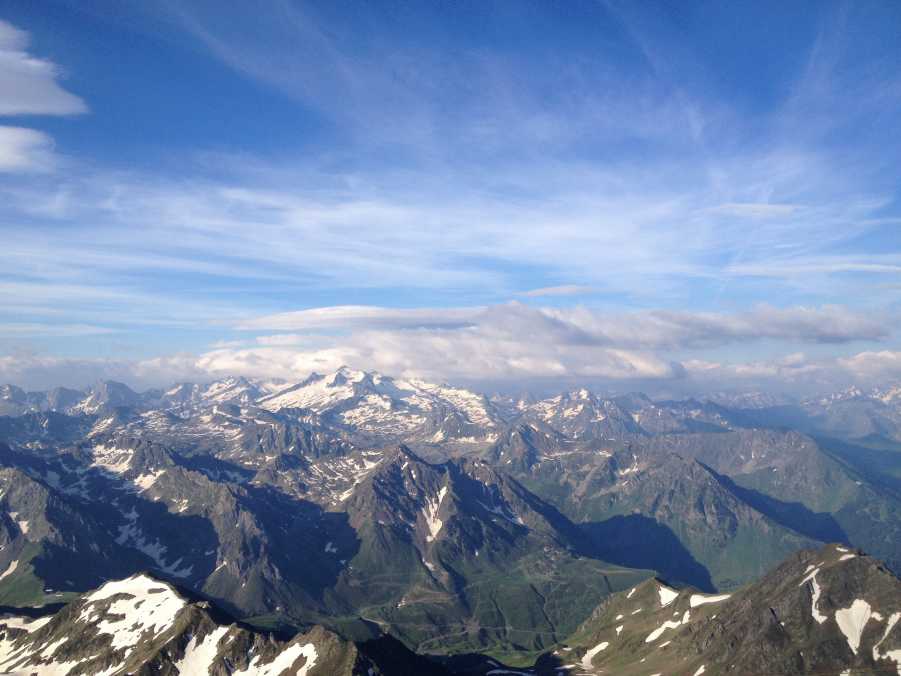
Stunning view over the Pyrenees -
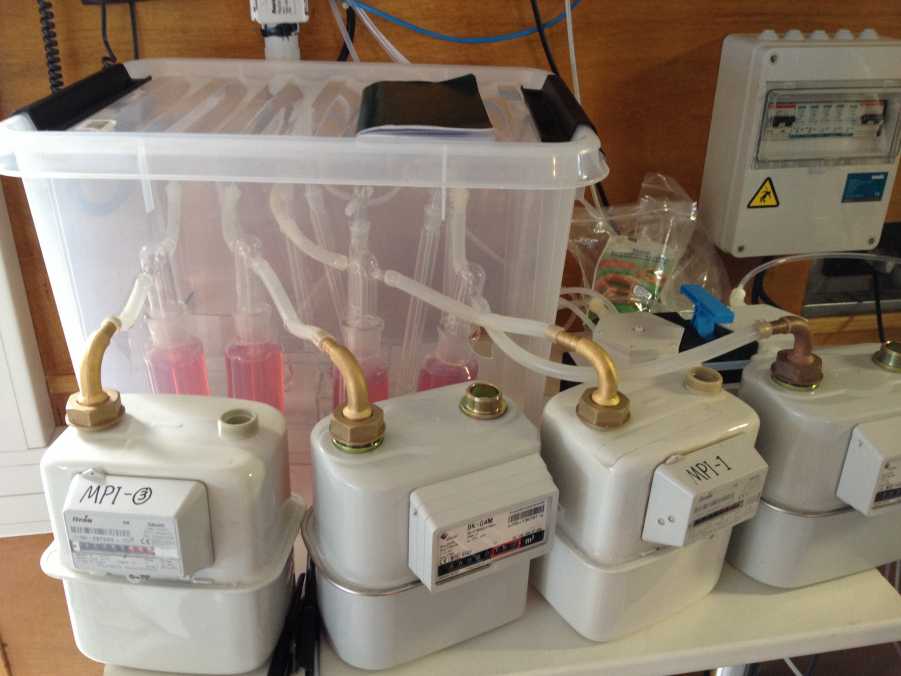
Setup for air sampling
Bas publishes in Nature Communications
Bas and colleagues have recently published the paper ‘Natural wetland emissions of methylated trace elements.’ This paper combines laboratory data and field data that Bas collected in Gola di Lago, Switzerland to show that selenium is up to 40 times more efficiently volatized compared to arsenic and 100 times more efficiently volatized than sulfur. Additionally, they found that volatilization of selenium and arsenic increases with temperature, implying that emissions of these health-relevant trace elements will increase with rising global temperatures. While much research has previously focused on the release of methane from wetlands, this is the first study to document emissions of trace elements from these sensitive natural environments which cover ~6-11% of the global land area.
Bas Vriens, Markus Lenz, Laurent Charlet, Michael Berg and Lenny H.E. Winkel: Natural wetland emissions of methylated trace elements. Nature Communications.
external page Link to the paper
Tim goes to America
Tim attended the 2013 annual fall meeting of the American Geophysical Union (AGU) held in San Francisco, California, USA. Tim presented a poster entitled ‘Loess as an environmental archive of atmospheric trace element deposition.'
The group goes to China
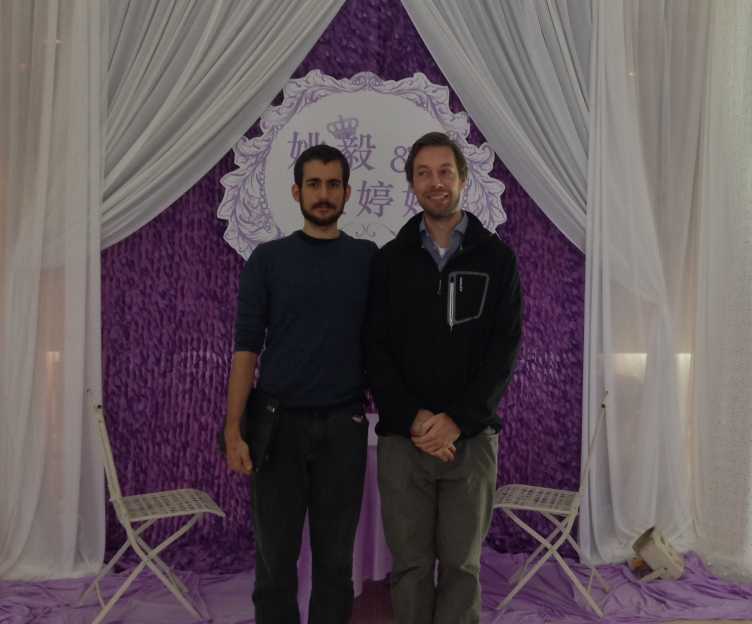
From November 10-14th Lenny, Bas and Tim attended the 3rd International Conference on Selenium in the Environment and Human Health in Hefei, China. This conference is hosted bi-annually by the external page International Society for Selenium Research and provides a fantastic venue for selenium researchers to present their work and to exchange ideas about the most recent discoveries in the field.
